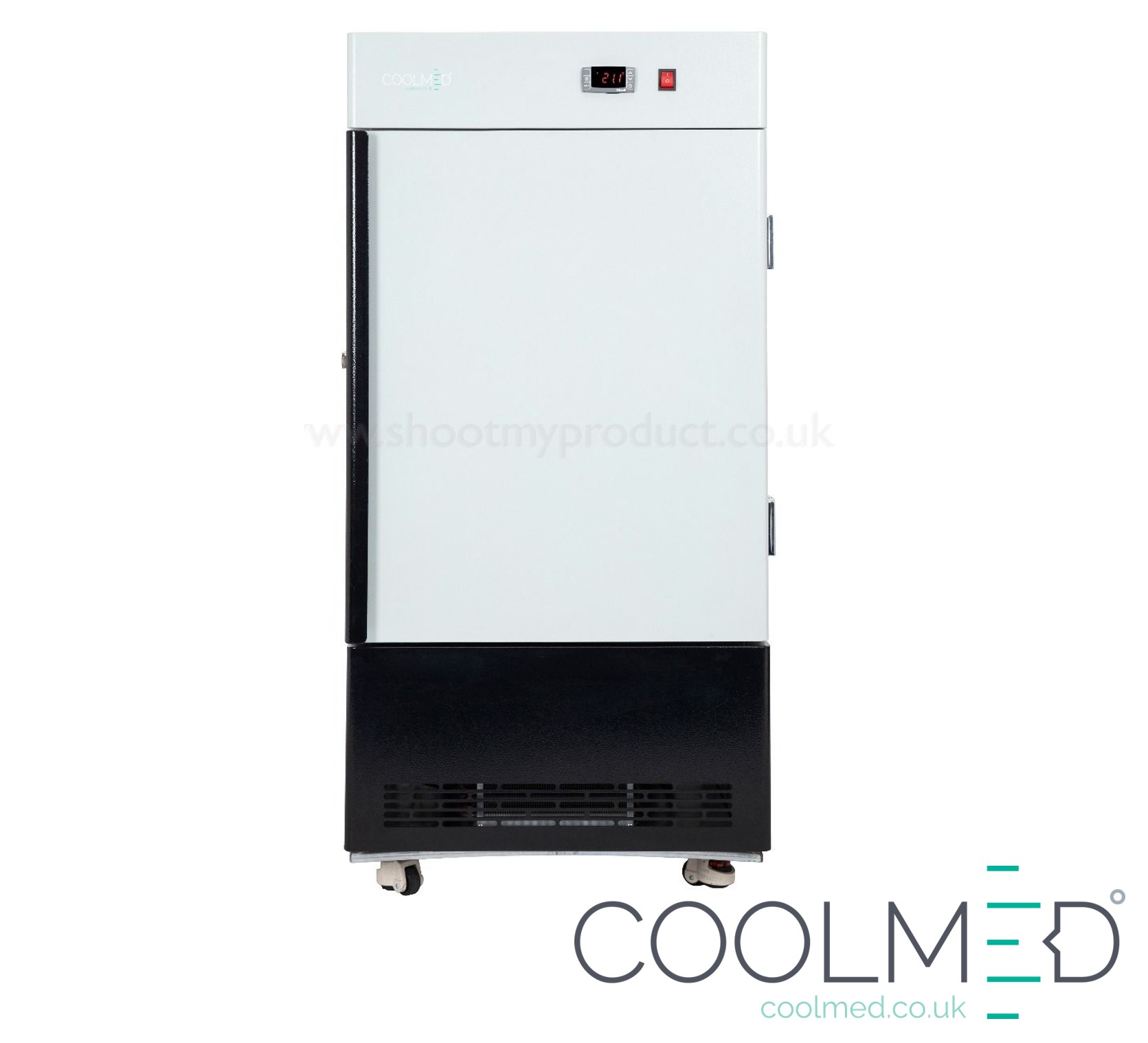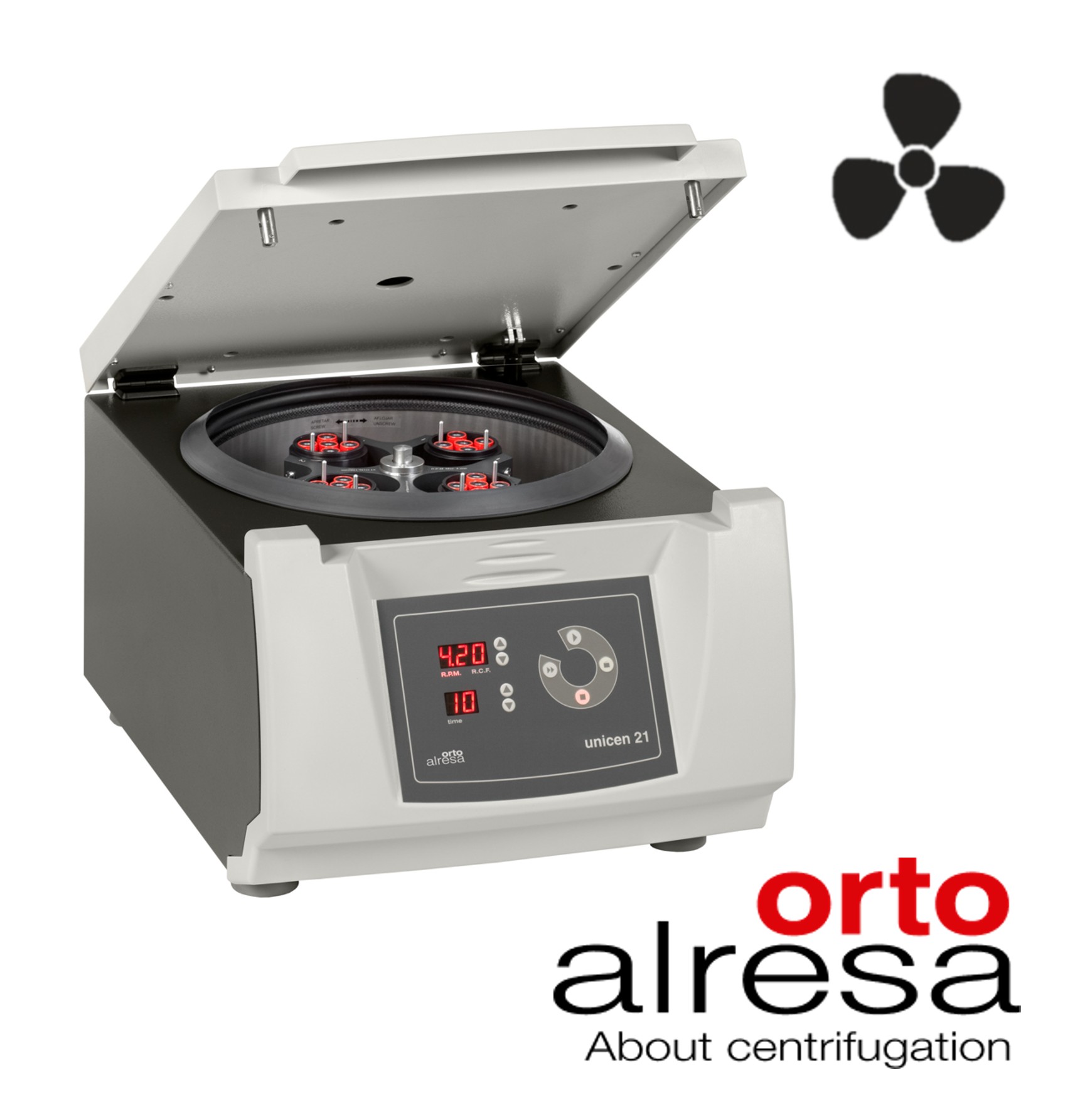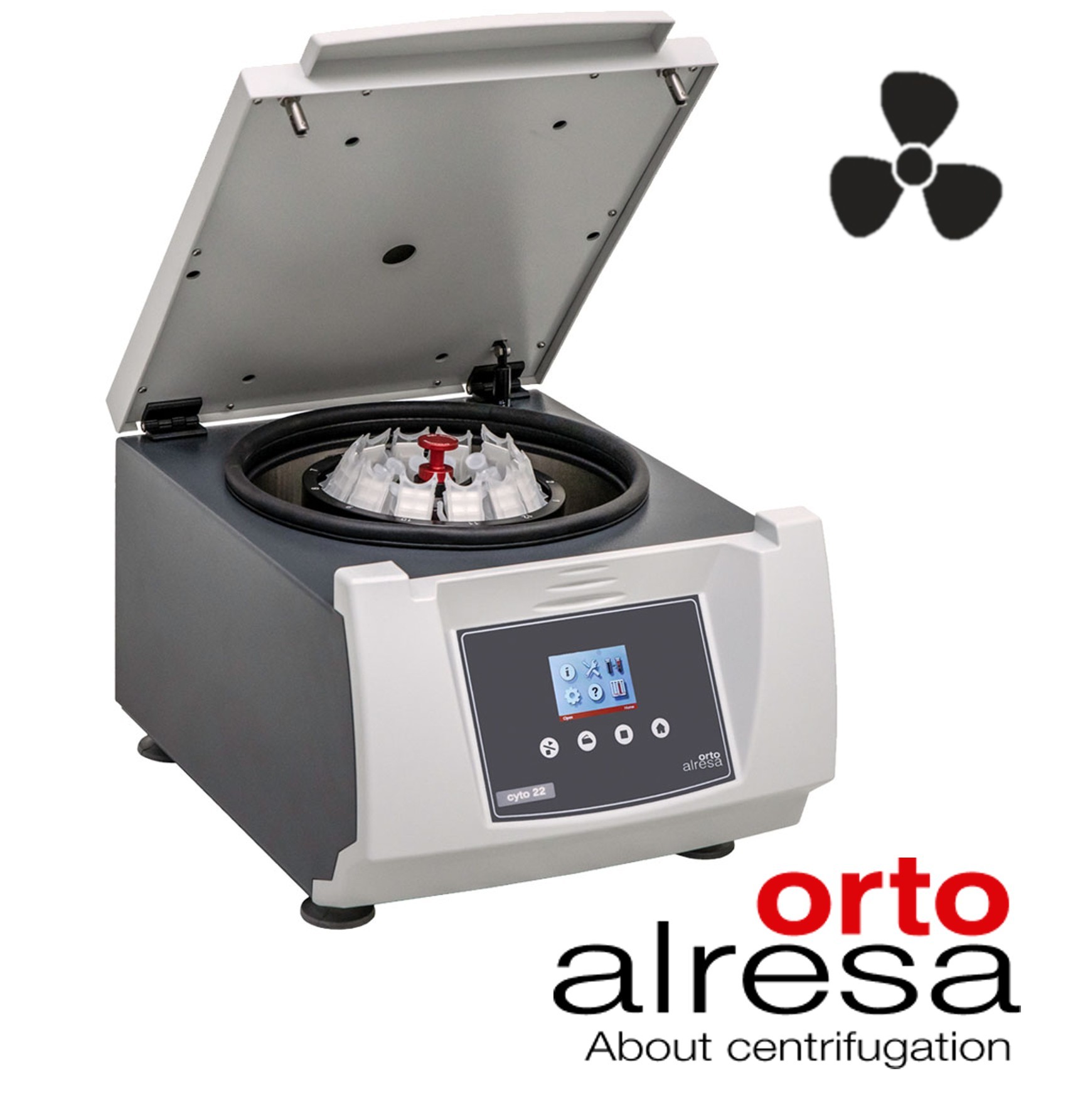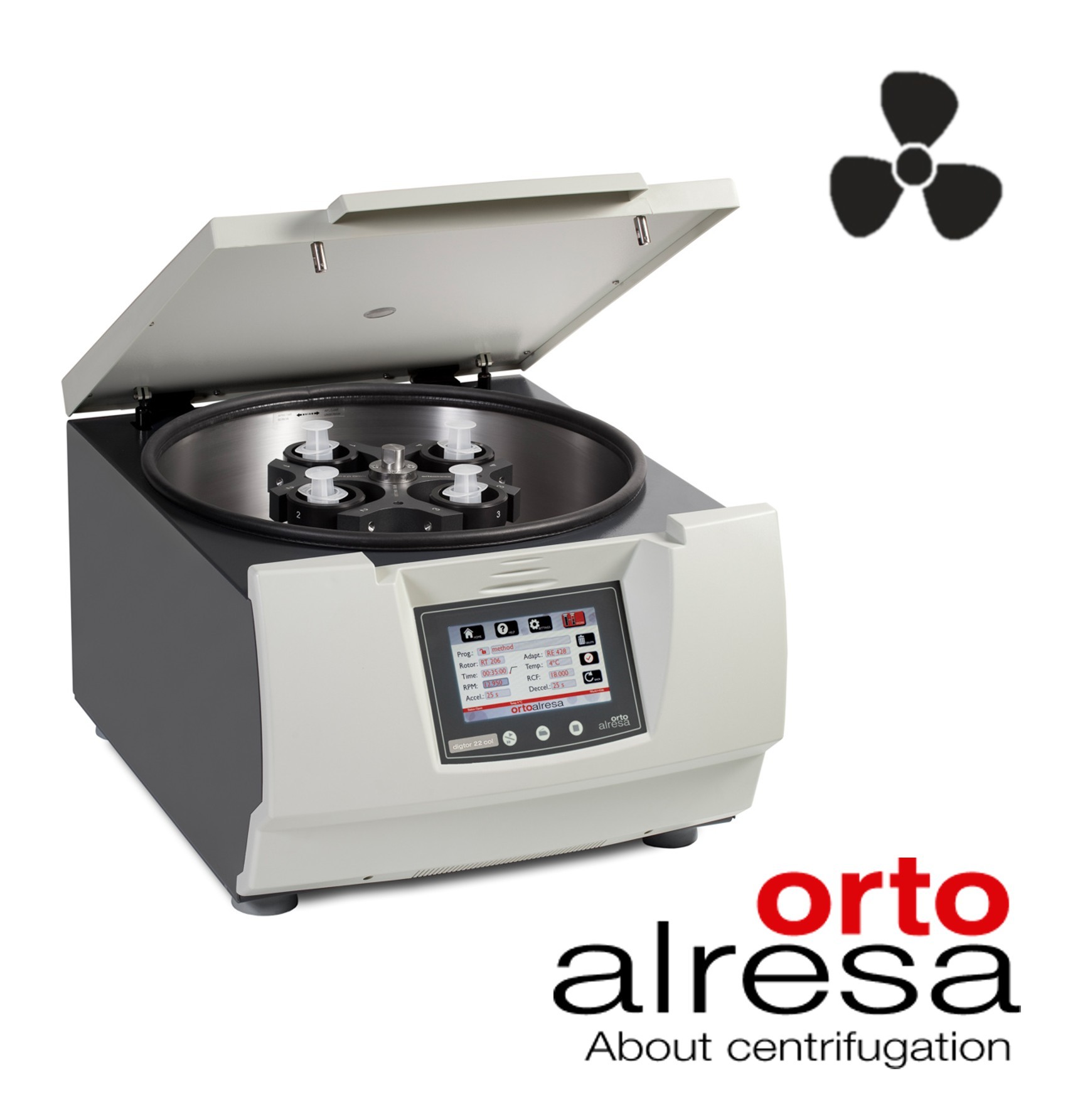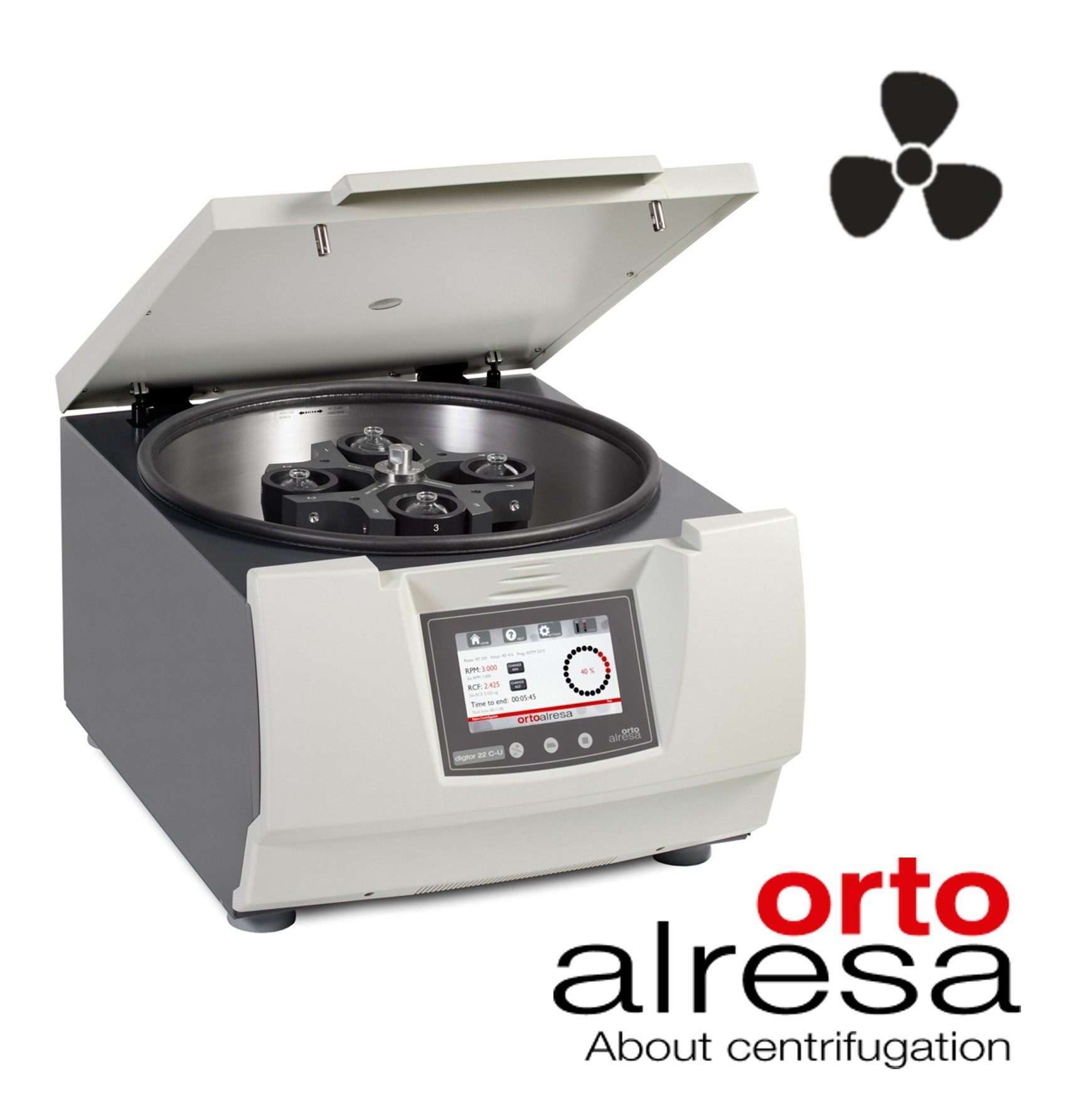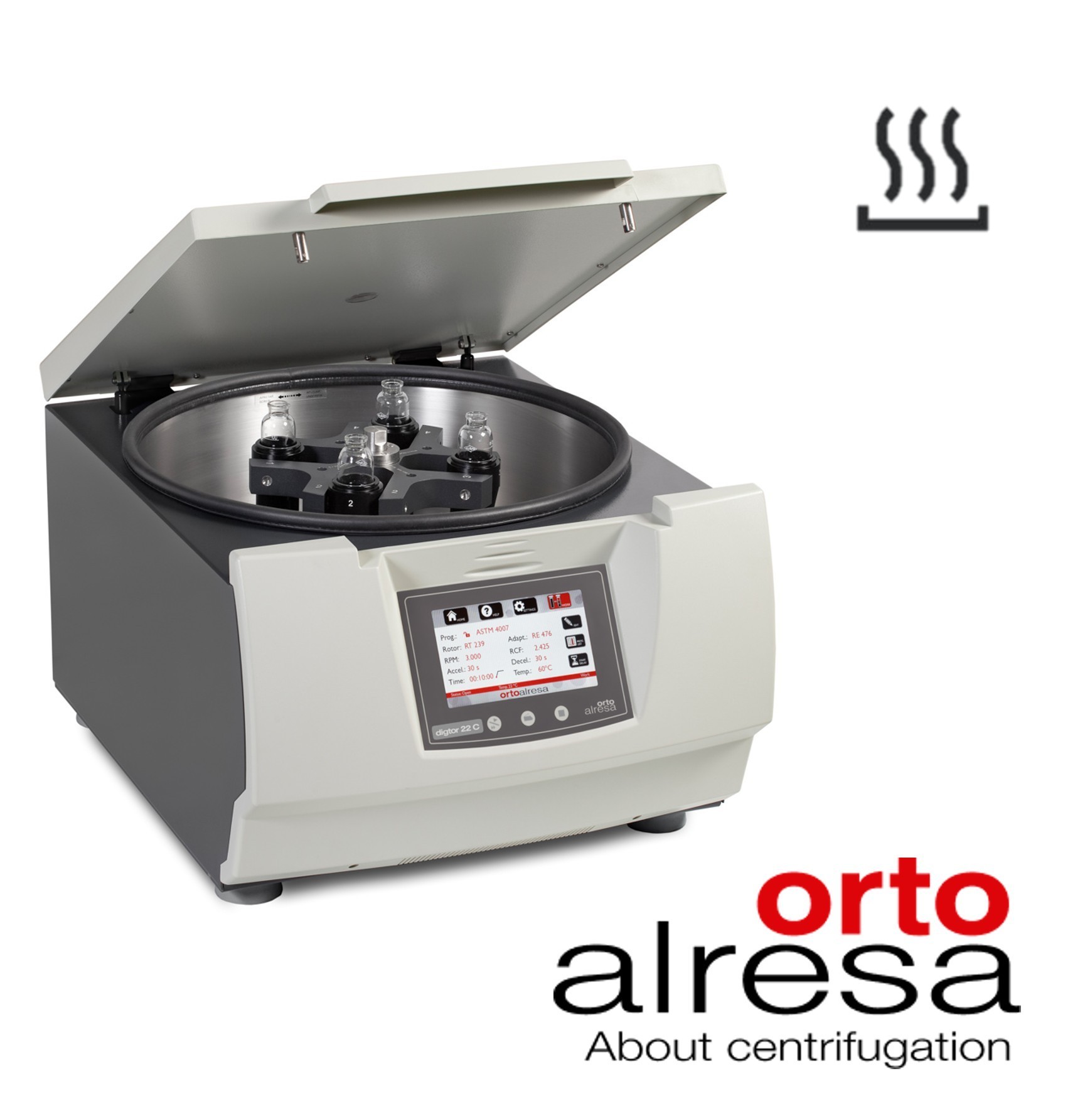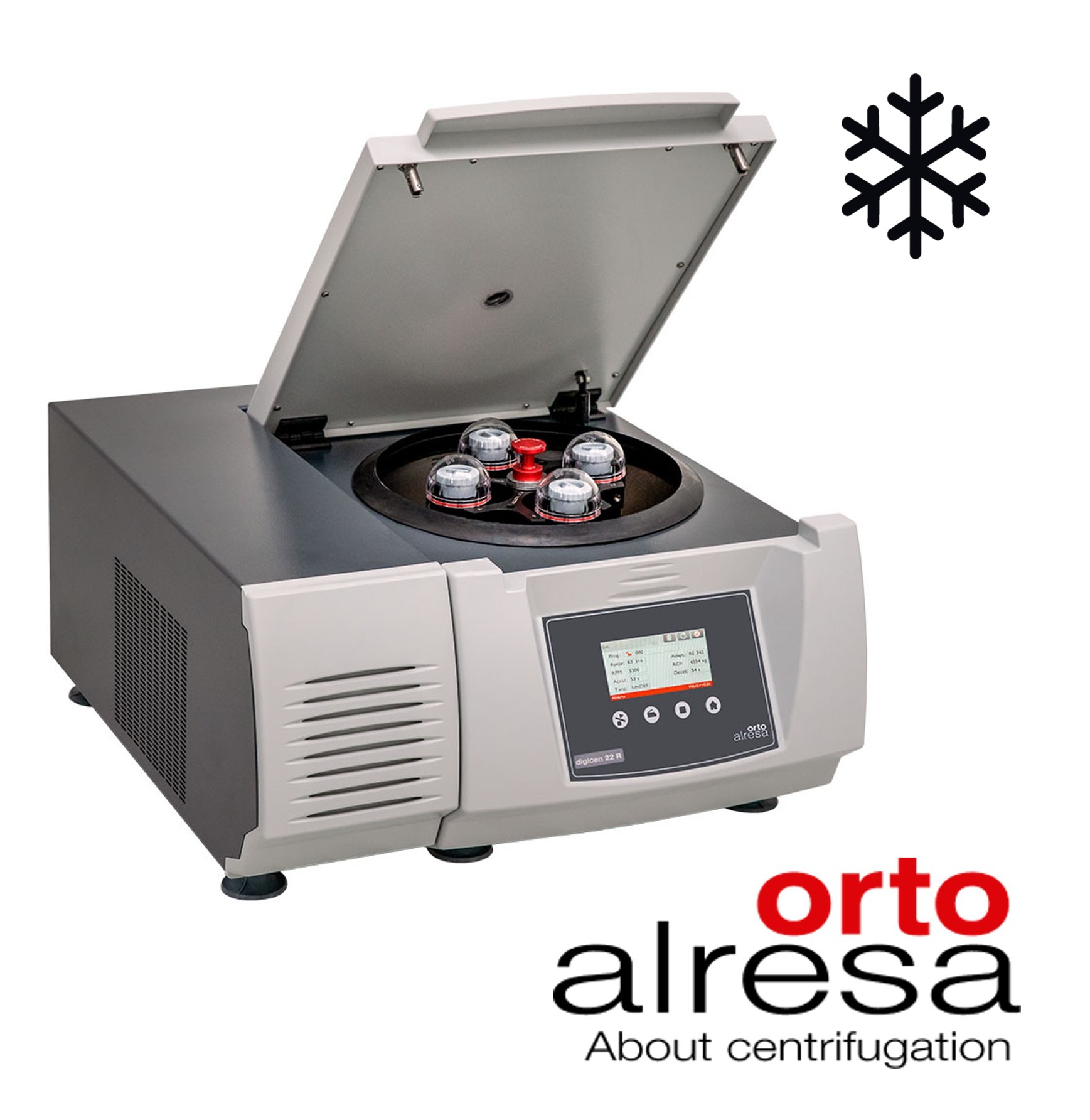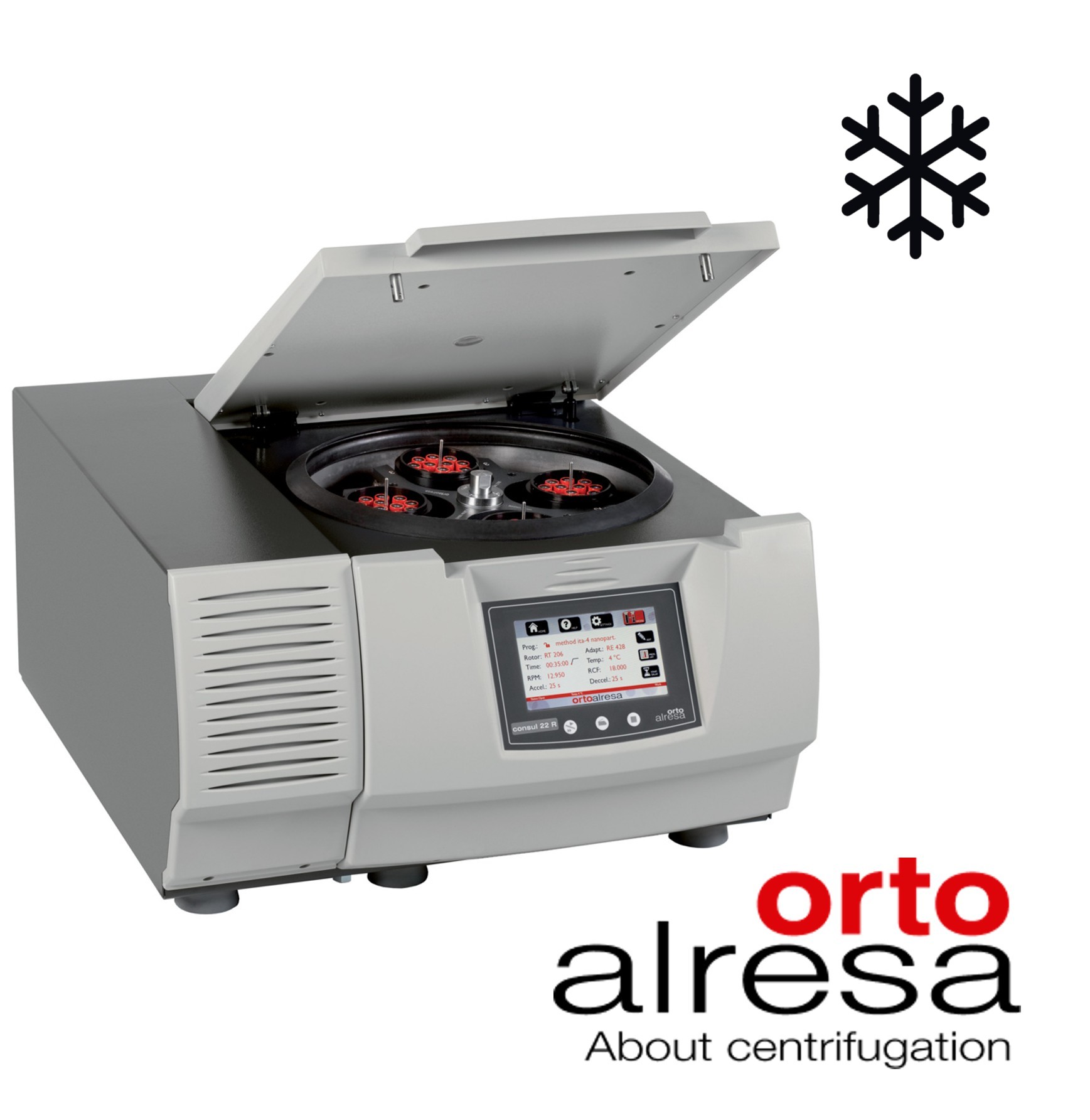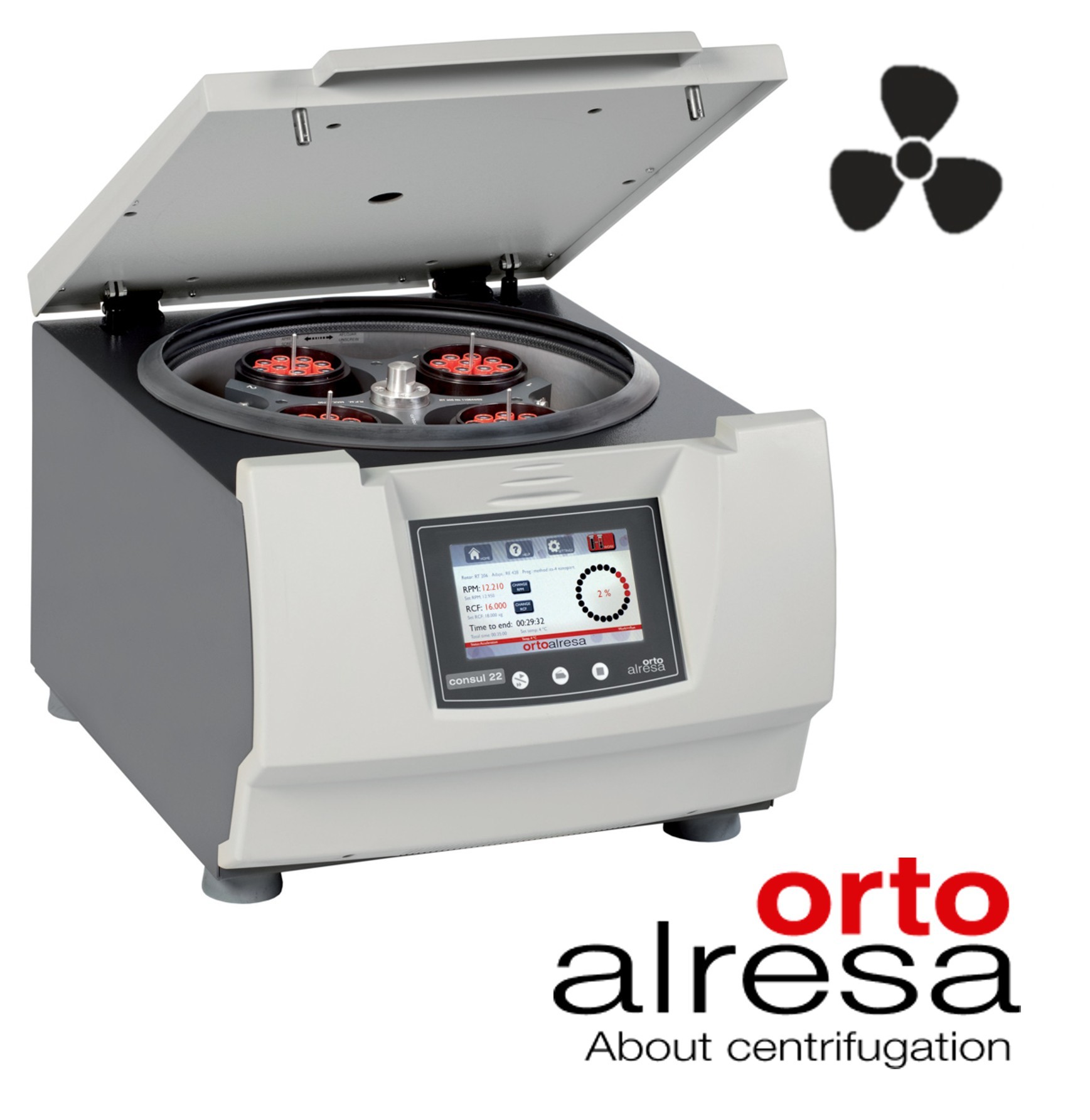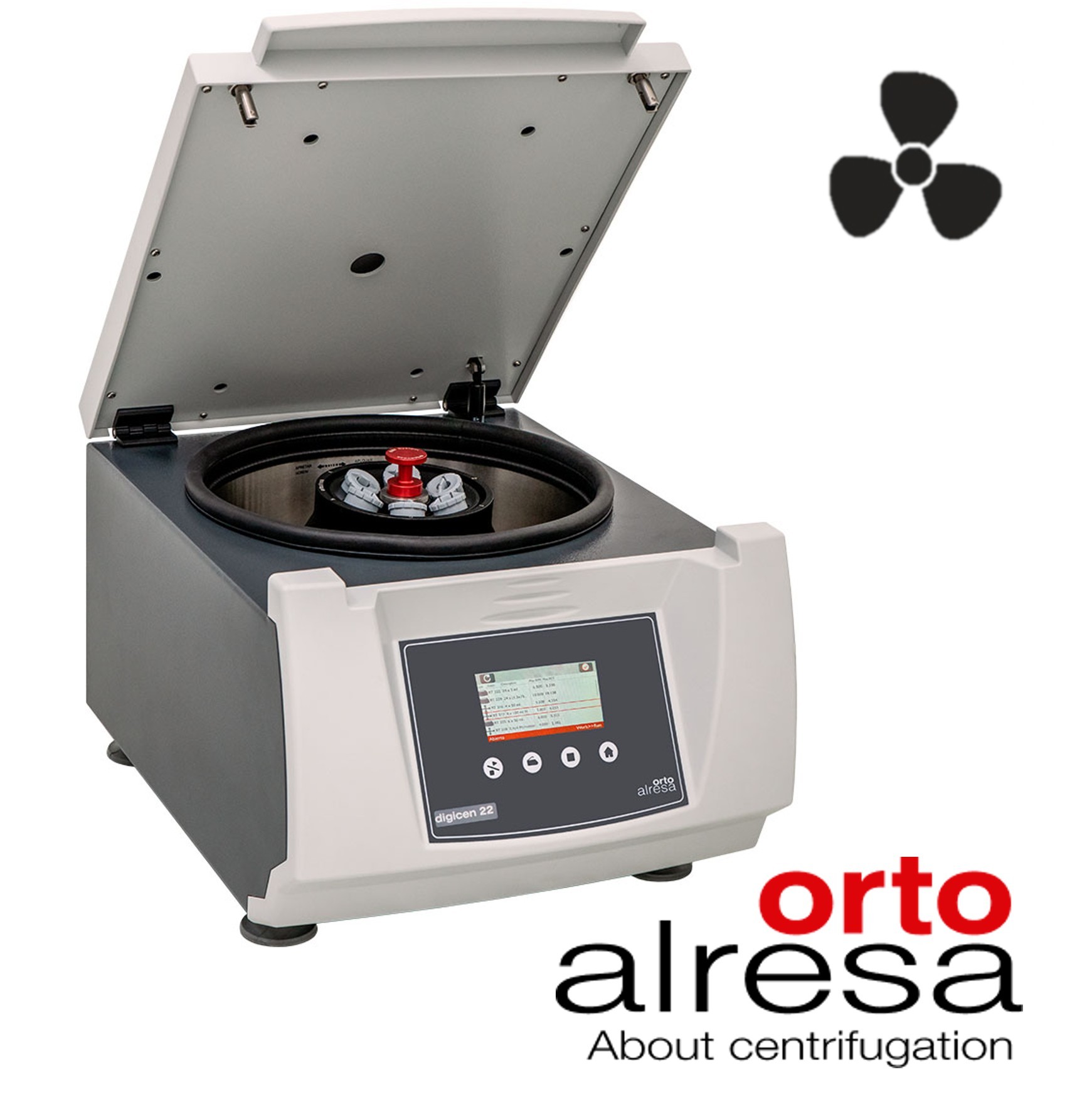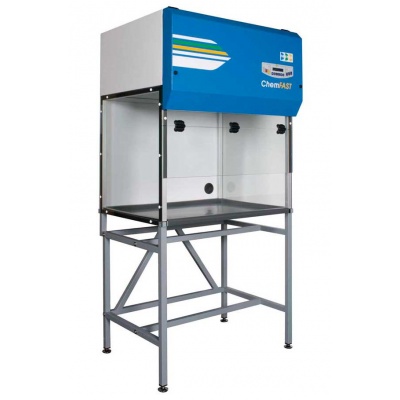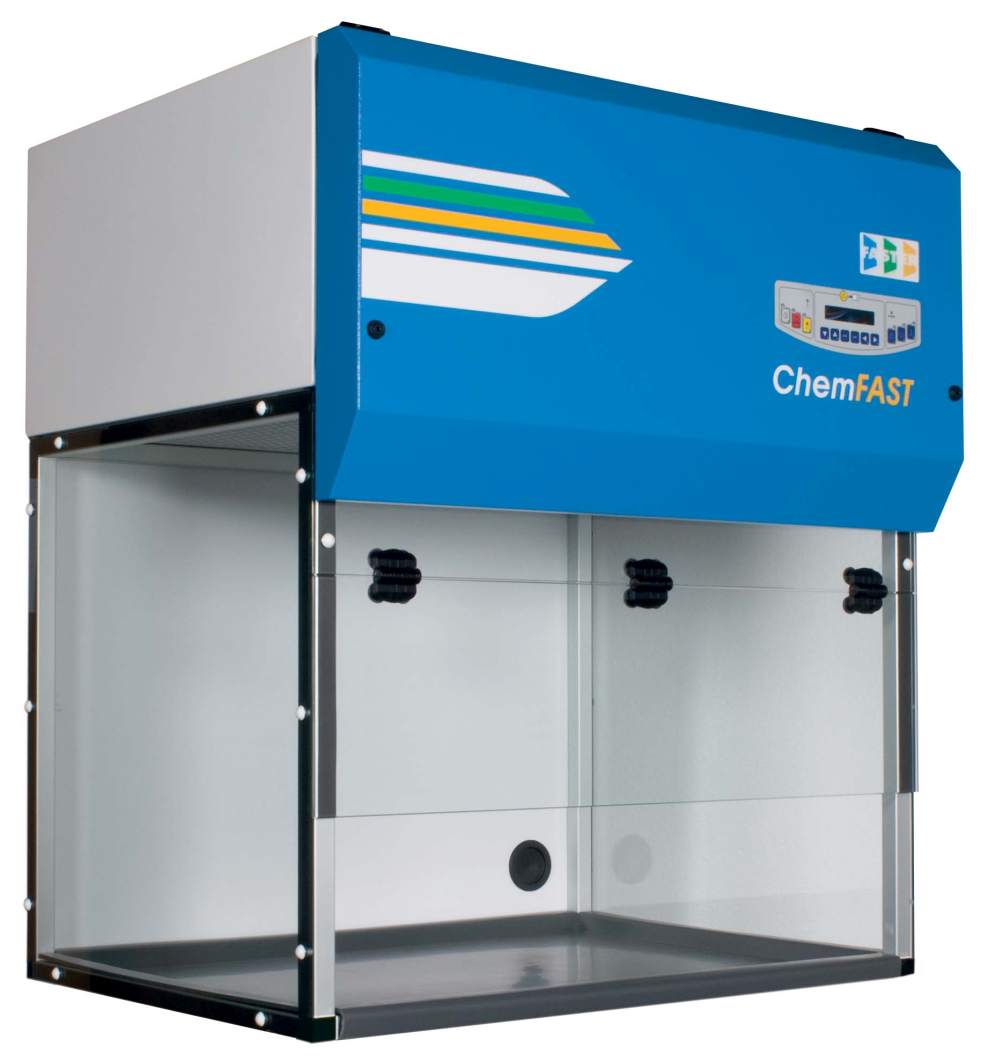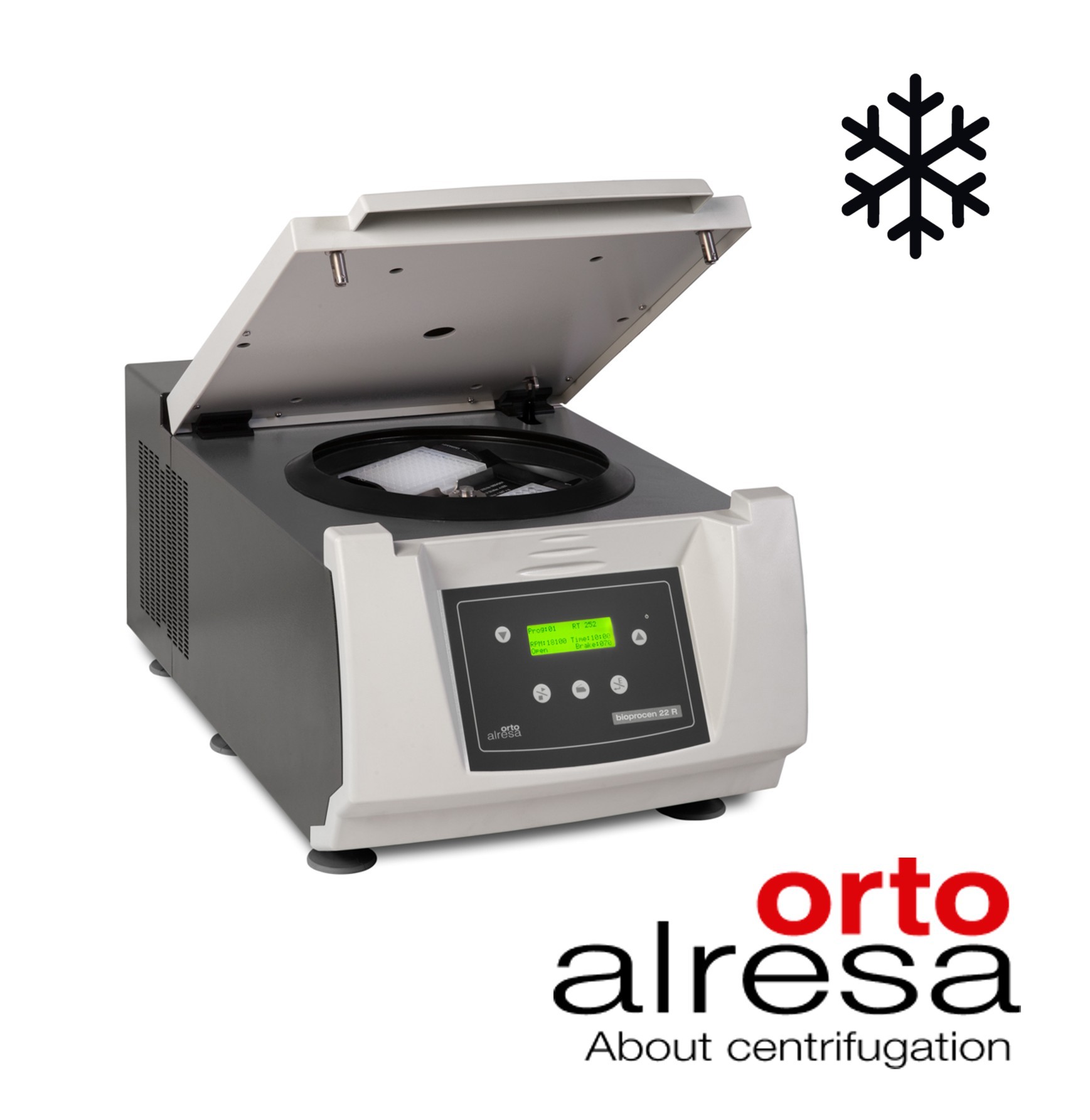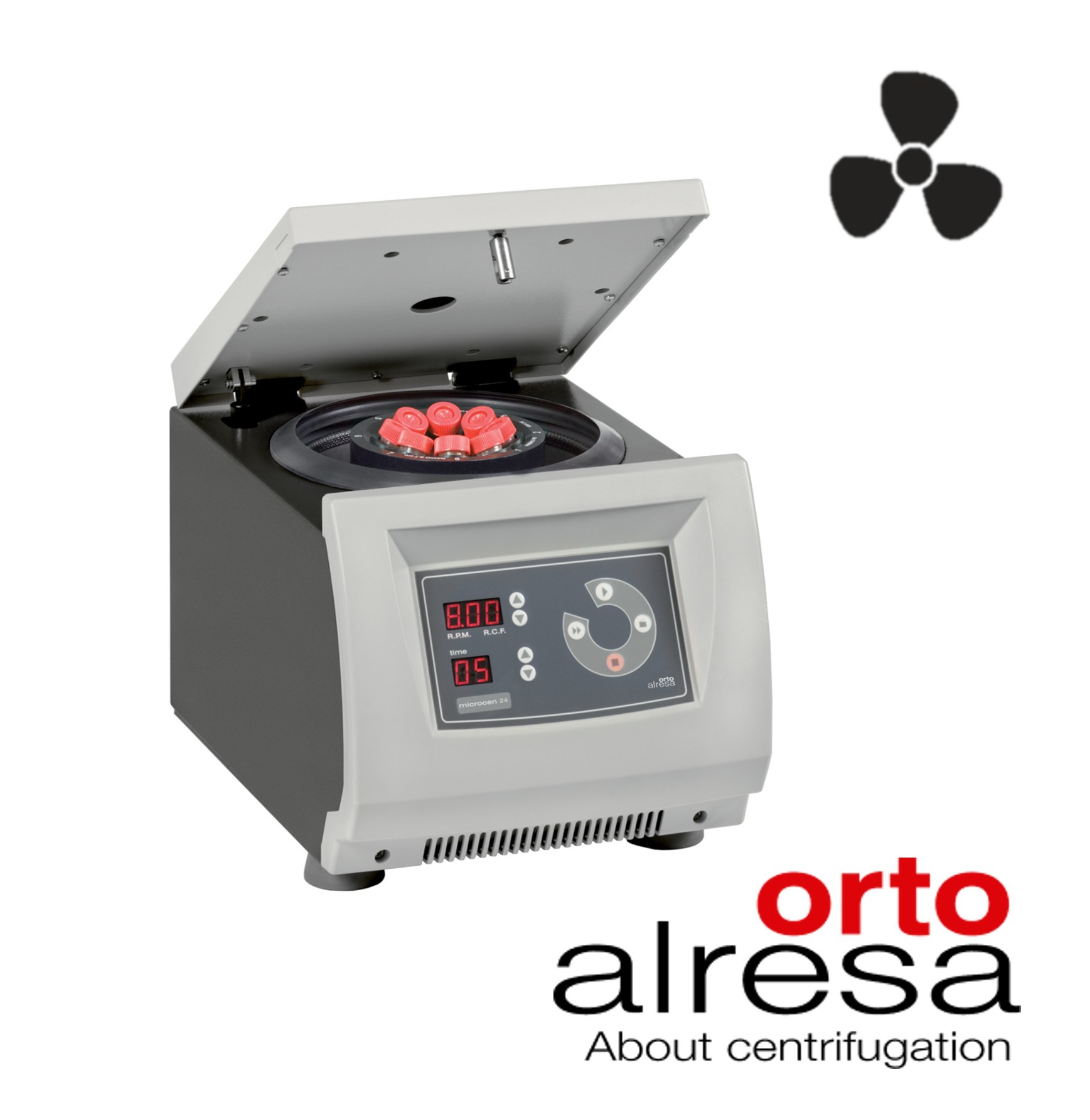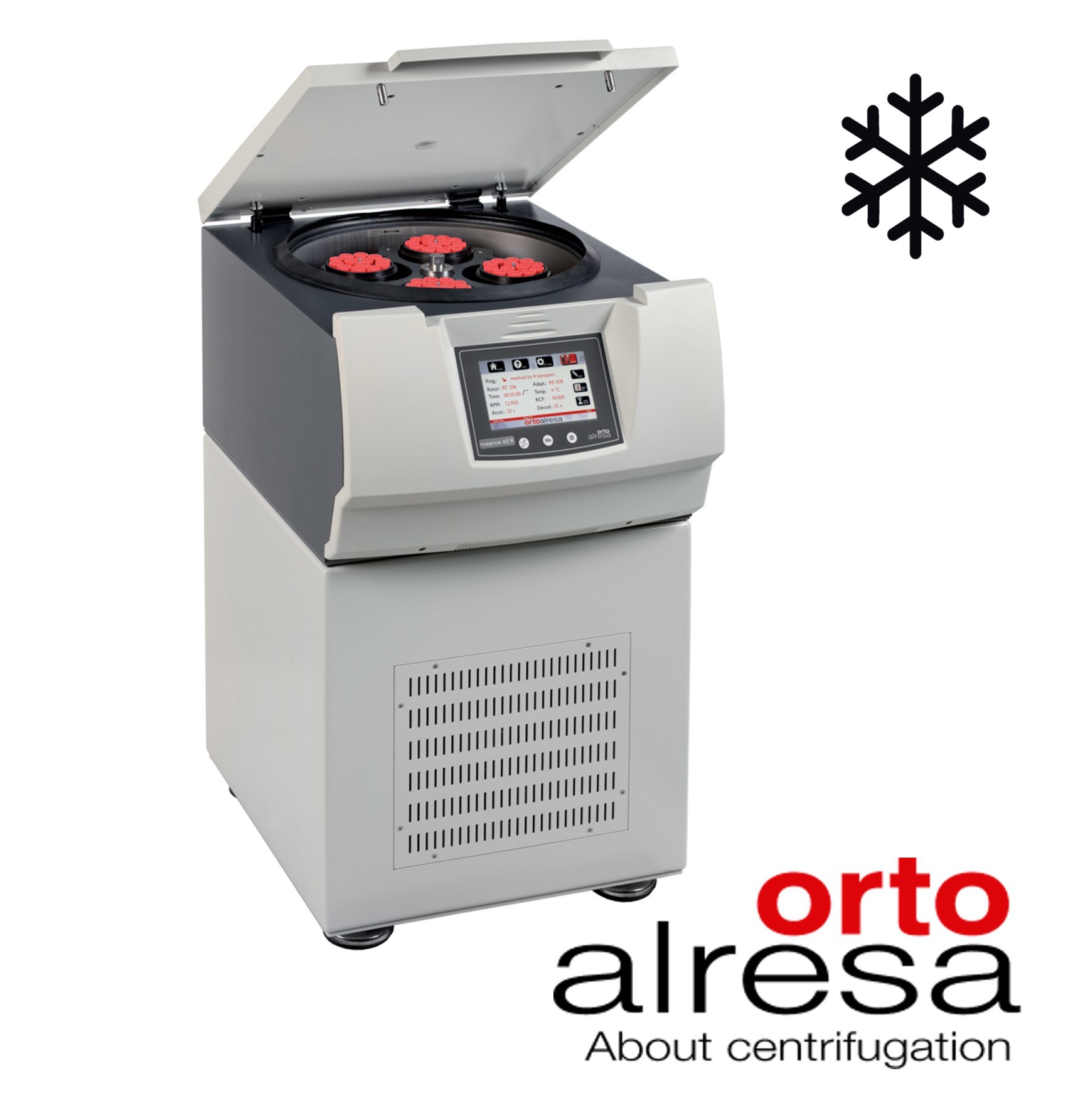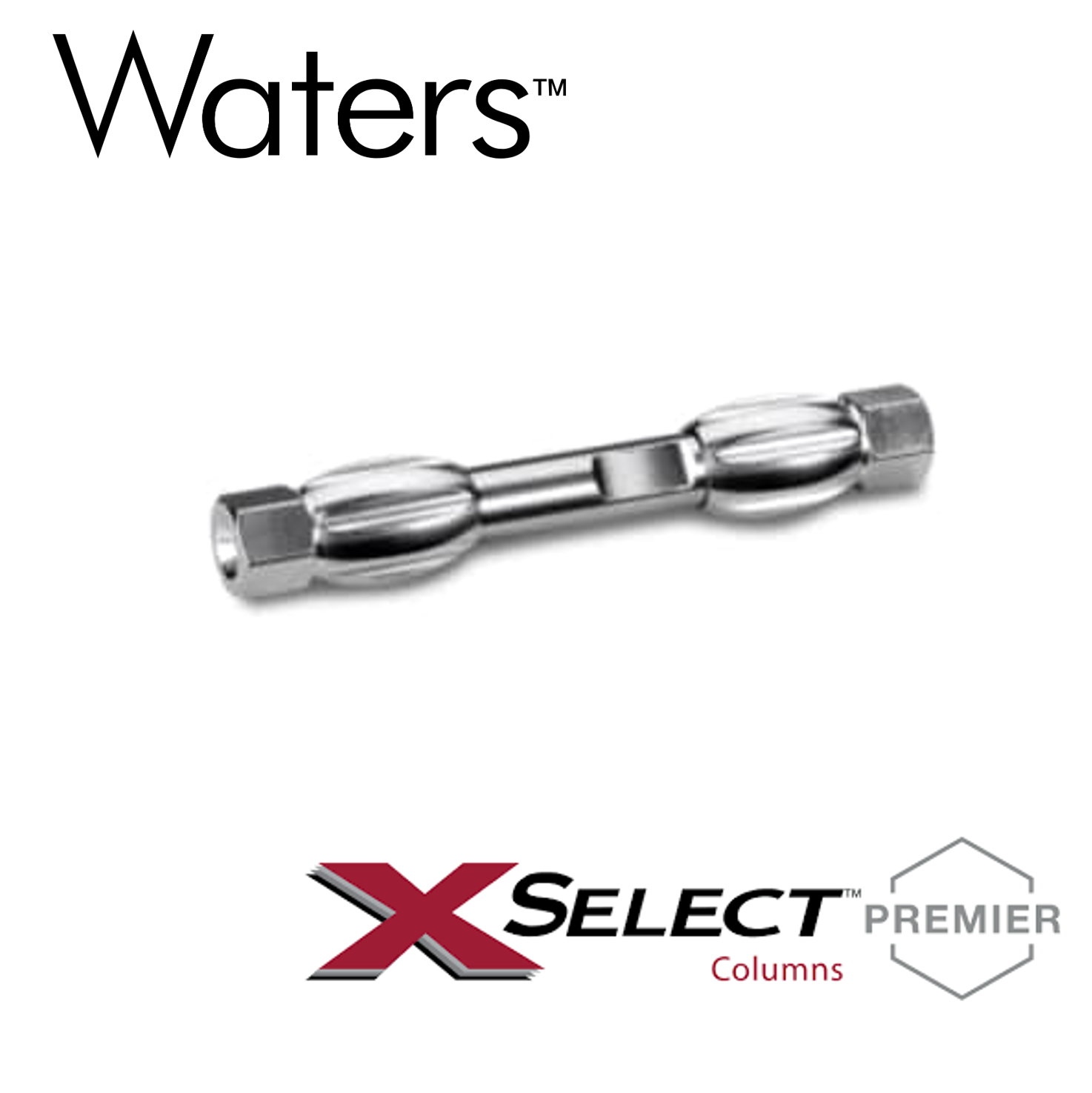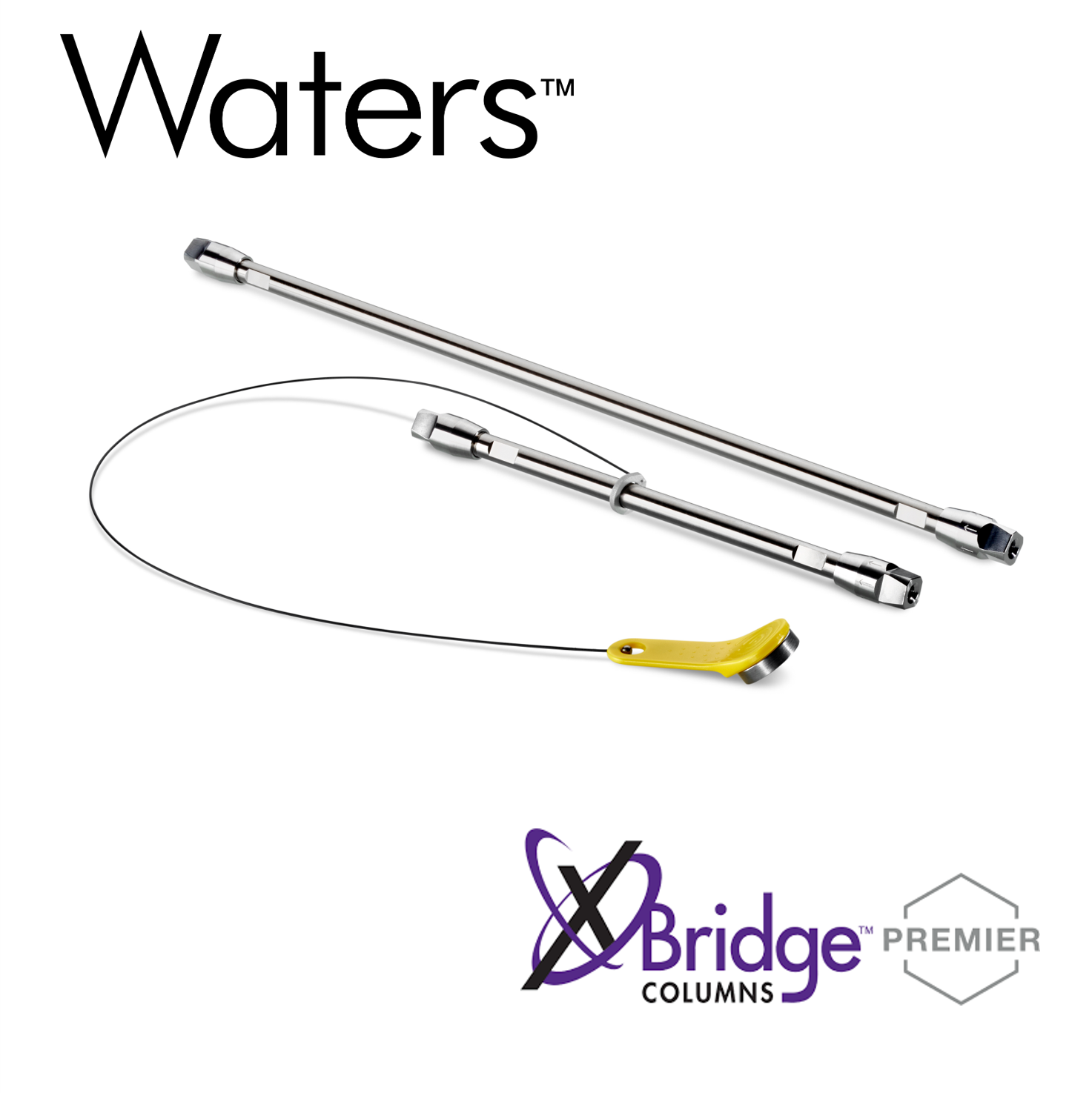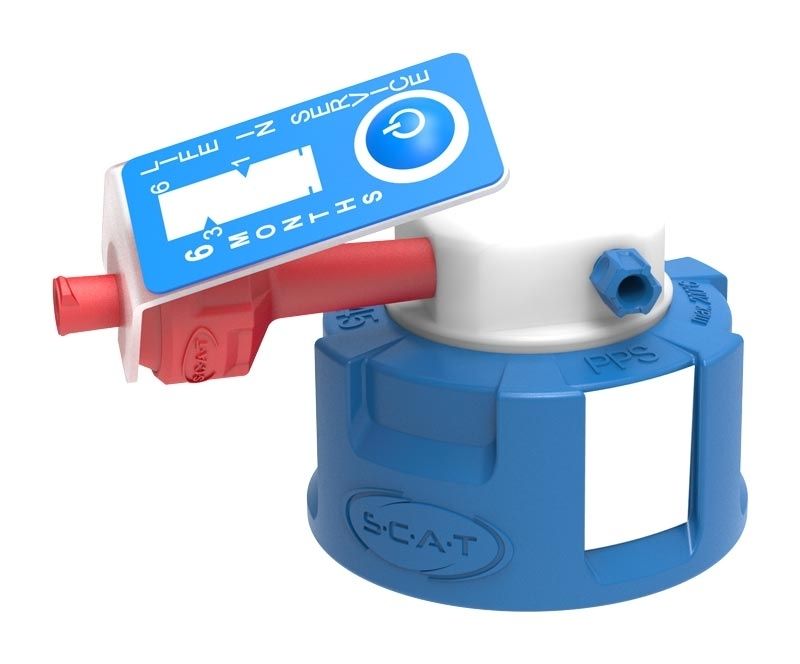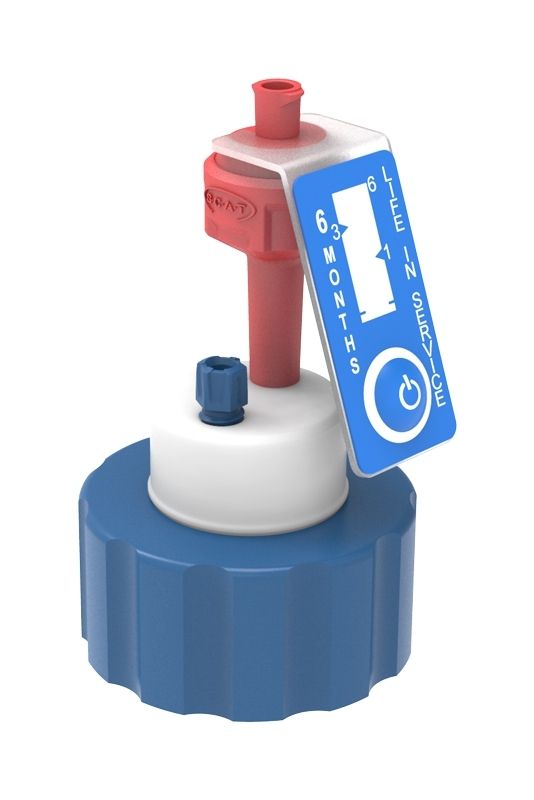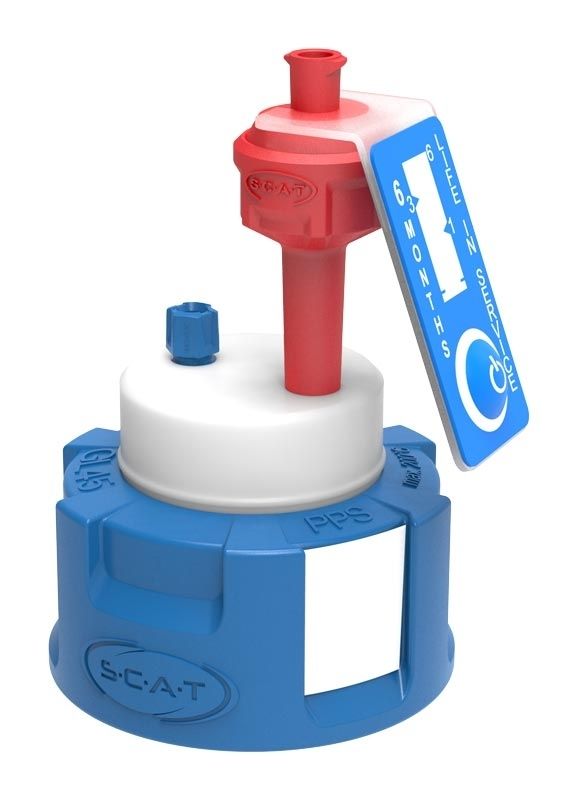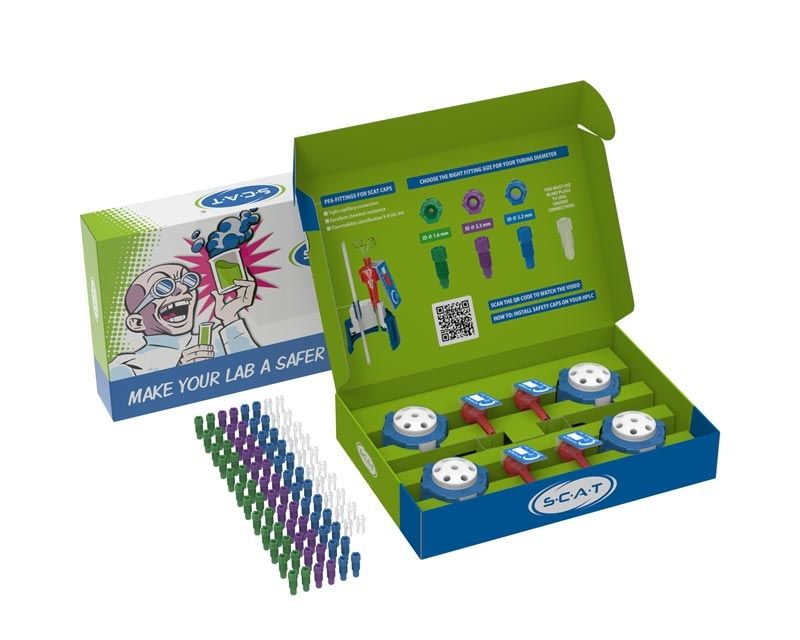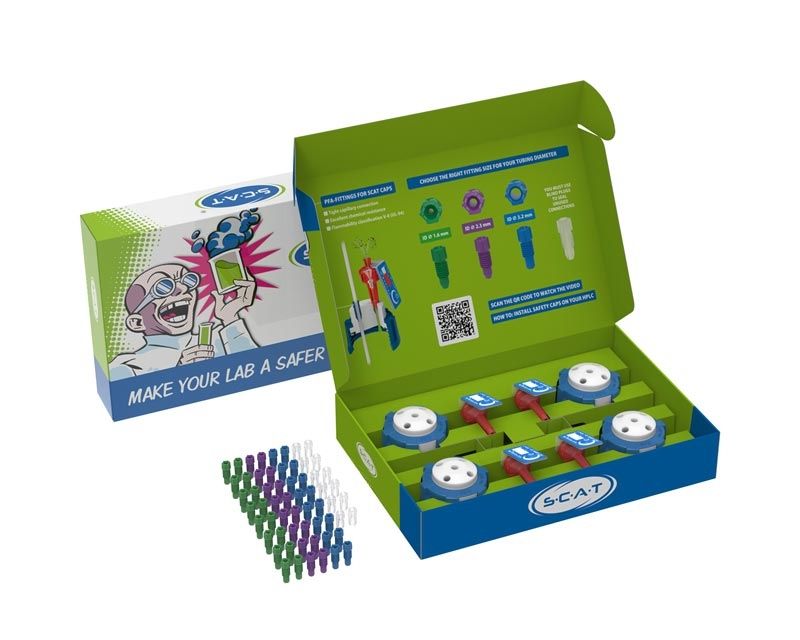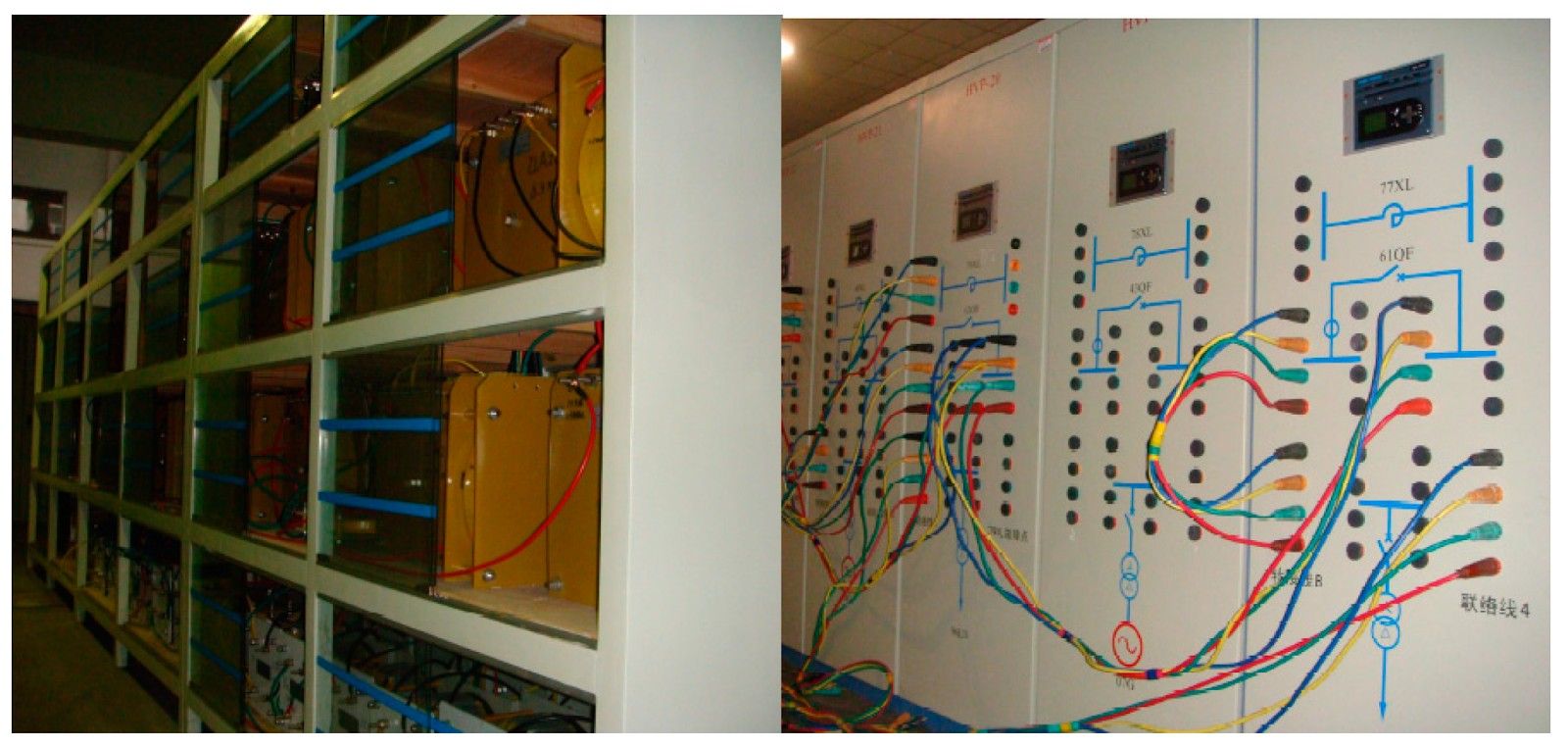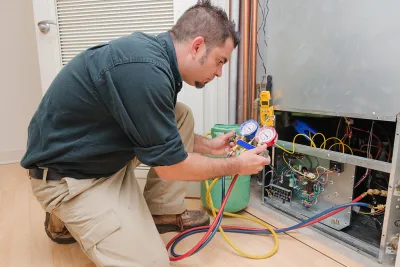Selecting HVAC capacity for lab space
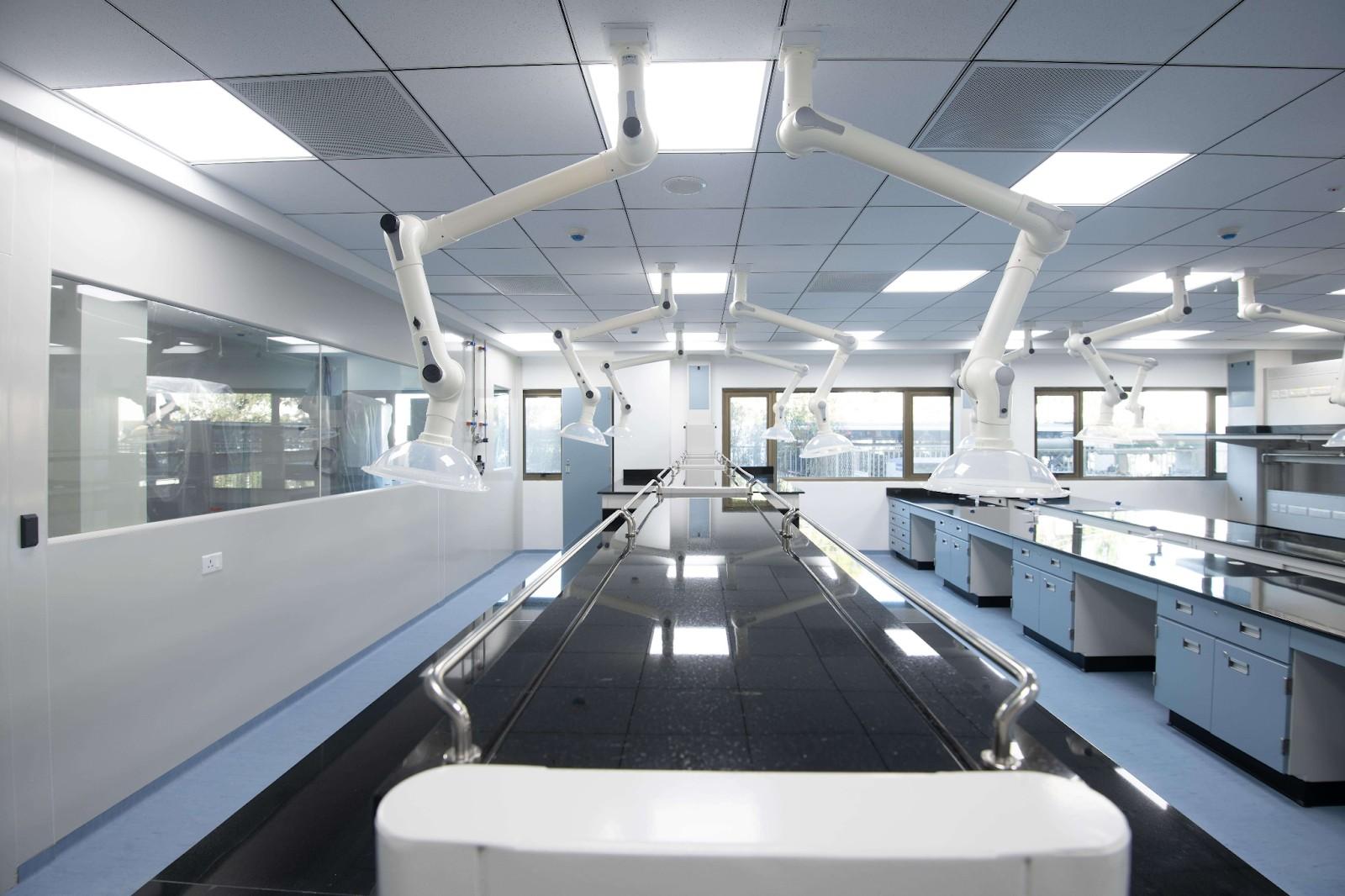
Selecting HVAC Capacity for Lab Space

The heart of any scientific endeavor lies within the walls of a well-equipped laboratory. Within these controlled environments, researchers meticulously conduct experiments, analyze data, and push the boundaries of scientific knowledge. However, the pursuit of scientific discovery is not without its challenges. One critical factor that can significantly impact the success of a laboratory is the design and implementation of an efficient and reliable HVAC system.
HVAC systems, encompassing heating, ventilation, and air conditioning, play a pivotal role in maintaining optimal environmental conditions within laboratories. These systems are responsible for regulating temperature, humidity, air quality, and pressure, all of which are crucial for ensuring the accuracy and reproducibility of experiments. A poorly designed or inadequate HVAC system can lead to a cascade of problems, including equipment malfunction, sample degradation, and even compromised safety for personnel.
The selection of appropriate HVAC capacity for a laboratory space is a complex process that requires careful consideration of various factors. These factors include the specific requirements of the research being conducted, the size and layout of the laboratory, the types of equipment being used, and the anticipated workload.
Understanding the Importance of HVAC Systems in Laboratories
The significance of HVAC systems in laboratories cannot be overstated. They are not merely a luxury but an essential component of a functional and safe research environment. The following sections delve into the critical roles that HVAC systems play in laboratory operations:
Temperature Control
Maintaining a stable temperature is paramount in many laboratory settings. Sensitive experiments, delicate instruments, and biological samples can be severely affected by temperature fluctuations. For instance, a slight deviation in temperature can alter the rate of chemical reactions, affect the accuracy of analytical instruments, or even lead to the degradation of biological specimens.
HVAC systems equipped with precise temperature control mechanisms ensure that the laboratory environment remains within a narrow and consistent temperature range. This control is achieved through a combination of heating and cooling systems, which work in tandem to maintain the desired temperature setpoint.
Humidity Control
Humidity, the amount of moisture in the air, is another critical factor that can influence laboratory operations. High humidity levels can lead to condensation on equipment surfaces, potentially causing electrical malfunctions or corrosion. Conversely, low humidity can result in static electricity buildup, which can damage sensitive electronic equipment or even ignite flammable materials.
HVAC systems equipped with humidity control mechanisms, such as humidifiers and dehumidifiers, regulate the moisture content of the air within the laboratory. These systems work by adding or removing moisture from the air, ensuring that the humidity levels remain within the desired range.
Air Quality Control
Air quality is a crucial aspect of laboratory safety and productivity. Laboratories often generate hazardous fumes, dust particles, and other contaminants as a result of experiments and equipment operation. These contaminants can pose health risks to personnel, damage equipment, and compromise the integrity of research results.
HVAC systems play a vital role in maintaining air quality by providing ventilation and filtration. Ventilation systems remove contaminated air from the laboratory and replace it with fresh, filtered air. Filtration systems remove airborne particles, gases, and other contaminants, ensuring that the air within the laboratory is clean and safe to breathe.
Pressure Control
Pressure control is essential in laboratories that handle hazardous materials or require specific airflow patterns. For example, laboratories working with infectious agents or volatile chemicals may require negative pressure to prevent the escape of contaminants into the surrounding environment. Conversely, laboratories working with sensitive equipment or requiring clean air may require positive pressure to prevent the ingress of contaminants.
HVAC systems equipped with pressure control mechanisms, such as airlocks and pressure relief valves, regulate the air pressure within the laboratory. These systems ensure that the pressure differential between the laboratory and the surrounding environment is maintained at the desired level, preventing the spread of contaminants and protecting personnel.
Factors Influencing HVAC Capacity Selection
The selection of appropriate HVAC capacity for a laboratory space is a multifaceted process that requires careful consideration of various factors. These factors can be broadly categorized into three main groups: laboratory requirements, space characteristics, and equipment considerations.
Laboratory Requirements
The specific requirements of the research being conducted are paramount in determining the HVAC capacity needed for a laboratory. Different types of research have different environmental needs, and the HVAC system must be designed to meet these specific requirements.
Research Type
The type of research being conducted has a significant impact on the HVAC requirements. For example, laboratories conducting biological research may require tighter temperature and humidity control than laboratories conducting chemical research. Similarly, laboratories working with hazardous materials may require specialized ventilation and filtration systems.
Sample Sensitivity
The sensitivity of the samples being used in research is another critical factor. Delicate biological samples, for instance, may require very precise temperature and humidity control to prevent degradation. Samples that are sensitive to light may require specialized lighting systems or shielding.
Experiment Requirements
The specific requirements of the experiments being conducted can also influence HVAC capacity. For example, experiments involving volatile chemicals may require specialized ventilation systems to remove fumes and prevent the buildup of hazardous gases. Experiments involving sensitive instruments may require stable temperature and humidity control to ensure accurate measurements.
Space Characteristics
The size and layout of the laboratory space are important factors in determining the HVAC capacity needed. Larger laboratories require more powerful HVAC systems to maintain the desired environmental conditions. The layout of the laboratory, including the number and location of windows, doors, and equipment, can also affect the heat load and airflow patterns.
Laboratory Size
The size of the laboratory is a primary factor in determining the HVAC capacity needed. Larger laboratories require more powerful HVAC systems to maintain the desired environmental conditions. The volume of air that needs to be heated, cooled, and filtered is directly proportional to the size of the space.
Laboratory Layout
The layout of the laboratory can also affect the HVAC capacity needed. Laboratories with large windows or doors may require more powerful HVAC systems to compensate for heat loss or gain. The location of equipment within the laboratory can also affect the airflow patterns and the heat load.
Building Envelope
The building envelope, which includes the walls, roof, windows, and doors, plays a role in determining the heat load and energy efficiency of the laboratory. Well-insulated buildings with energy-efficient windows and doors require less HVAC capacity to maintain the desired temperature.
Equipment Considerations
The types of equipment being used in the laboratory can also influence the HVAC capacity needed. Equipment that generates heat, such as ovens, incubators, and centrifuges, can significantly increase the heat load in the laboratory. Equipment that requires specific environmental conditions, such as lasers or microscopes, may require specialized HVAC systems.
Equipment Heat Load
The heat load generated by equipment is a significant factor in determining the HVAC capacity needed. Equipment that generates heat, such as ovens, incubators, and centrifuges, can significantly increase the heat load in the laboratory. The HVAC system must be sized to handle this additional heat load and maintain the desired temperature.
Equipment Environmental Requirements
Some equipment requires specific environmental conditions to operate properly. For example, lasers may require stable temperature and humidity control to prevent fluctuations in their output. Microscopes may require vibration-free environments to ensure clear images. The HVAC system must be designed to meet these specific requirements.
Equipment Ventilation Needs
Some equipment may require specialized ventilation systems to remove fumes, gases, or other contaminants. For example, fume hoods are essential for working with hazardous chemicals, and they require dedicated ventilation systems to exhaust the fumes safely. The HVAC system must be designed to accommodate these ventilation needs.
HVAC System Design Considerations
Once the factors influencing HVAC capacity have been carefully considered, the next step is to design an HVAC system that meets the specific needs of the laboratory. This involves selecting the appropriate components, such as heating and cooling systems, ventilation systems, and filtration systems, and ensuring that they are properly integrated to create a functional and efficient system.
Heating and Cooling Systems
The heating and cooling systems are responsible for maintaining the desired temperature within the laboratory. The type of heating and cooling system selected will depend on the specific requirements of the laboratory, the climate, and the energy efficiency considerations.
Heating Systems
Common heating systems used in laboratories include forced air systems, radiant heating systems, and hydronic heating systems. Forced air systems use fans to circulate heated air throughout the laboratory. Radiant heating systems use infrared radiation to heat objects directly. Hydronic heating systems use water or other fluids to transfer heat.
Cooling Systems
Common cooling systems used in laboratories include air conditioning systems, chilled water systems, and evaporative cooling systems. Air conditioning systems use refrigerants to cool the air. Chilled water systems use chilled water to cool the air. Evaporative cooling systems use water evaporation to cool the air.
Ventilation Systems
Ventilation systems are essential for removing contaminated air from the laboratory and replacing it with fresh, filtered air. The type of ventilation system selected will depend on the specific requirements of the laboratory, such as the types of contaminants being generated and the desired airflow patterns.
Exhaust Systems
Exhaust systems are used to remove contaminated air from the laboratory. They typically consist of fans, ductwork, and exhaust hoods. Exhaust hoods are used to capture fumes, gases, and other contaminants at the source.
Supply Systems
Supply systems are used to deliver fresh, filtered air to the laboratory. They typically consist of fans, filters, and ductwork. Filters remove airborne particles, gases, and other contaminants from the incoming air.
Filtration Systems
Filtration systems are used to remove airborne particles, gases, and other contaminants from the air within the laboratory. The type of filtration system selected will depend on the specific requirements of the laboratory, such as the types of contaminants being generated and the desired level of air cleanliness.
HEPA Filters
HEPA filters are high-efficiency particulate air filters that are capable of removing 99.97% of particles that are 0.3 microns or larger in diameter. They are commonly used in laboratories to remove dust, pollen, mold spores, and other airborne particles.
ULPA Filters
ULPA filters are ultra-low penetration air filters that are capable of removing 99.9995% of particles that are 0.12 microns or larger in diameter. They are used in laboratories that require extremely clean air, such as cleanrooms and pharmaceutical manufacturing facilities.
Activated Carbon Filters
Activated carbon filters are used to remove gases and vapors from the air. They are commonly used in laboratories to remove fumes from chemicals, solvents, and other volatile substances.
HVAC System Maintenance and Monitoring
Once the HVAC system has been installed, it is essential to maintain and monitor it regularly to ensure that it continues to operate efficiently and effectively. Regular maintenance includes cleaning filters, checking for leaks, and inspecting the components of the system. Monitoring the system involves tracking temperature, humidity, pressure, and airflow to ensure that the environmental conditions within the laboratory remain within the desired range.
Maintenance Schedule
A regular maintenance schedule should be established for the HVAC system. This schedule should include tasks such as:
- Cleaning filters: Filters should be cleaned or replaced regularly to prevent them from becoming clogged and reducing airflow. The frequency of filter cleaning or replacement will depend on the type of filter, the level of contamination, and the airflow rate.
- Checking for leaks: Leaks in the HVAC system can lead to energy loss, reduced efficiency, and potential safety hazards. Leaks should be inspected regularly and repaired promptly.
- Inspecting components: The components of the HVAC system, such as fans, motors, and controls, should be inspected regularly for signs of wear and tear. Any damaged or malfunctioning components should be repaired or replaced.
Monitoring Systems
Monitoring systems can be used to track the performance of the HVAC system and ensure that the environmental conditions within the laboratory remain within the desired range. These systems typically include sensors that measure temperature, humidity, pressure, and airflow. The data collected by these sensors can be displayed on a central control panel or transmitted to a remote monitoring system.
Temperature Monitoring
Temperature monitoring is essential for ensuring that the laboratory environment remains within the desired range. Temperature sensors should be placed in strategic locations throughout the laboratory to provide accurate readings.
Humidity Monitoring
Humidity monitoring is important for preventing condensation, static electricity buildup, and other problems that can occur due to fluctuations in humidity levels. Humidity sensors should be placed in strategic locations throughout the laboratory to provide accurate readings.
Pressure Monitoring
Pressure monitoring is essential in laboratories that handle hazardous materials or require specific airflow patterns. Pressure sensors should be placed in strategic locations throughout the laboratory to monitor the pressure differential between the laboratory and the surrounding environment.
Airflow Monitoring
Airflow monitoring is important for ensuring that the ventilation system is operating properly and that the air is being circulated effectively. Airflow sensors should be placed in strategic locations throughout the laboratory to monitor the airflow rate and direction.
Conclusion
Selecting the appropriate HVAC capacity for a laboratory space is a critical decision that can significantly impact the success of research. By carefully considering the factors influencing HVAC capacity, designing an efficient and reliable system, and implementing a comprehensive maintenance and monitoring program, laboratories can ensure that they have the optimal environmental conditions for conducting accurate and reproducible experiments.
Optimizing Lab HVAC Systems: A Comprehensive Guide
In the realm of scientific research, laboratories serve as the bedrock of innovation, housing delicate experiments and sensitive equipment that demand precise environmental control. Among the critical factors influencing the success of these endeavors is the meticulous management of the laboratory's HVAC system. This intricate network of heating, ventilation, and air conditioning components plays a pivotal role in maintaining optimal temperature, humidity, and air quality, ensuring the integrity of experiments and the well-being of researchers.
The selection and optimization of HVAC systems for laboratory spaces present a multifaceted challenge, demanding a deep understanding of the unique requirements of each research environment. This comprehensive guide delves into the intricacies of HVAC system design and operation, providing valuable insights for lab technicians, project managers, procurement professionals, and C-suite executives in the scientific industry. By navigating the complexities of HVAC capacity selection, energy efficiency, and regulatory compliance, this guide empowers decision-makers to create a laboratory environment that fosters scientific excellence and ensures the safety and productivity of researchers.
The Importance of HVAC Systems in Laboratories
The significance of HVAC systems in laboratories cannot be overstated. These systems are not merely amenities; they are essential infrastructure components that directly impact the accuracy, reliability, and reproducibility of scientific research. The precise control of temperature, humidity, and air quality within laboratory spaces is paramount for a multitude of reasons:
- Maintaining Sample Integrity: Many scientific experiments involve delicate biological samples, chemical reagents, and sensitive instruments that are highly susceptible to environmental fluctuations. Temperature and humidity variations can compromise the integrity of these materials, leading to inaccurate results and wasted resources.
- Ensuring Equipment Performance: Laboratory equipment, such as microscopes, centrifuges, and analytical instruments, often operates within narrow temperature and humidity ranges. Fluctuations in these parameters can affect the accuracy and precision of these instruments, compromising the reliability of experimental data.
- Protecting Researcher Health: Laboratories often handle hazardous materials, including chemicals, pathogens, and radioactive substances. Proper ventilation is crucial to remove these contaminants from the air, preventing exposure to researchers and ensuring a safe working environment.
- Enhancing Research Productivity: A comfortable and controlled laboratory environment can significantly enhance researcher productivity. By minimizing distractions caused by temperature extremes, humidity fluctuations, and poor air quality, HVAC systems contribute to a more focused and efficient research process.
Factors Influencing HVAC Capacity Selection
The selection of appropriate HVAC capacity for a laboratory space is a critical decision that requires careful consideration of multiple factors. These factors can be broadly categorized into:
1. Laboratory Specific Requirements
- Research Activities: The type of research conducted in the laboratory plays a significant role in determining HVAC capacity. For example, laboratories conducting high-throughput screening experiments or working with volatile chemicals may require higher ventilation rates and more precise temperature control than those conducting basic research.
- Equipment Load: The presence of heat-generating equipment, such as incubators, ovens, and centrifuges, significantly impacts the overall heat load of the laboratory. The HVAC system must be capable of removing this excess heat to maintain a comfortable and stable temperature.
- Occupancy: The number of researchers and staff working in the laboratory influences the required ventilation rate and cooling capacity. Higher occupancy levels necessitate increased air circulation and cooling to ensure adequate air quality and thermal comfort.
- Sample Storage: Laboratories often require dedicated spaces for sample storage, which may have specific temperature and humidity requirements. The HVAC system must be designed to accommodate these specialized needs.
2. Building and Environmental Factors
- Building Envelope: The insulation and air tightness of the building envelope significantly impact the energy efficiency of the HVAC system. A well-insulated building with minimal air leakage reduces heat loss and gain, minimizing the workload on the HVAC system.
- Climate: The local climate, including temperature extremes, humidity levels, and solar radiation, influences the design and capacity of the HVAC system. Laboratories located in hot and humid climates require higher cooling capacity than those in temperate regions.
- Site Conditions: The location of the laboratory, including proximity to other buildings, trees, and open spaces, can affect the heat load and ventilation requirements. For example, laboratories located on the south side of a building may experience higher solar heat gain.
3. Regulatory Compliance
Laboratory HVAC systems must comply with relevant building codes, safety regulations, and environmental standards. These regulations often specify minimum ventilation rates, air quality standards, and energy efficiency requirements. Compliance with these regulations is essential to ensure the safety and well-being of researchers and the environment.
HVAC System Design Considerations
Once the HVAC capacity requirements have been determined, the next step is to design a system that meets these needs while optimizing energy efficiency and minimizing operational costs. Key design considerations include:
1. System Type
There are various types of HVAC systems suitable for laboratory spaces, each with its own advantages and disadvantages. Common system types include:
- Variable Air Volume (VAV) Systems: VAV systems provide flexible control over airflow and temperature in different zones of the laboratory. They use variable-speed fans to adjust airflow based on the heat load of each zone, optimizing energy efficiency.
- Constant Air Volume (CAV) Systems: CAV systems deliver a constant volume of air to each zone, regardless of the heat load. They are typically less expensive than VAV systems but may be less energy-efficient.
- Fan Coil Units (FCUs): FCUs are self-contained units that provide heating and cooling to individual rooms or zones. They are often used in smaller laboratories or for specific applications requiring localized temperature control.
2. Air Filtration
Air filtration is crucial for maintaining air quality in laboratories, especially those handling hazardous materials. The type and efficiency of air filters used in the HVAC system should be carefully selected based on the specific contaminants present in the laboratory.
- HEPA Filters: High-efficiency particulate air (HEPA) filters are highly effective at removing airborne particles, including bacteria, viruses, and dust mites. They are commonly used in laboratories handling biological materials or requiring sterile environments.
- ULPA Filters: Ultra-low penetration air (ULPA) filters offer even higher filtration efficiency than HEPA filters, removing particles as small as 0.12 microns. They are often used in cleanrooms and other highly sensitive environments.
- Carbon Filters: Carbon filters are effective at removing gases and vapors from the air, including volatile organic compounds (VOCs) and odors. They are commonly used in laboratories handling chemicals or producing fumes.
3. Ventilation
Ventilation is essential for removing contaminants from the air and maintaining a comfortable and safe working environment. The ventilation system should be designed to provide adequate airflow and exhaust capacity based on the specific needs of the laboratory.
- Exhaust Systems: Exhaust systems are used to remove contaminated air from the laboratory, preventing the buildup of hazardous substances. They are typically connected to fume hoods, chemical storage areas, and other sources of contamination.
- Supply Systems: Supply systems deliver fresh air to the laboratory, replacing the exhausted air and maintaining a positive pressure environment. This helps prevent the infiltration of contaminants from adjacent spaces.
4. Energy Efficiency
Energy efficiency is a critical consideration in HVAC system design, as it directly impacts operational costs and environmental sustainability. Several strategies can be employed to optimize energy efficiency:
- Variable-Speed Drives: Variable-speed drives (VSDs) allow fans and pumps to operate at variable speeds, adjusting airflow and water flow based on the actual demand. This reduces energy consumption compared to fixed-speed systems.
- High-Efficiency Equipment: Selecting high-efficiency HVAC components, such as fans, pumps, and chillers, can significantly reduce energy consumption. Look for equipment with high Energy Efficiency Ratio (EER) or Seasonal Energy Efficiency Ratio (SEER) ratings.
- Building Automation Systems: Building automation systems (BAS) provide centralized control over HVAC systems, allowing for optimized operation based on real-time conditions and occupancy patterns. This can significantly reduce energy consumption and improve comfort.
- Demand Response Programs: Participating in demand response programs allows utilities to reduce energy consumption during peak demand periods, potentially lowering energy costs and reducing environmental impact.
HVAC System Operation and Maintenance
Once the HVAC system is installed, it is crucial to ensure proper operation and maintenance to maximize its performance and longevity. This involves:
1. Regular Inspections and Maintenance
Regular inspections and maintenance are essential to identify and address potential issues before they escalate into major problems. This includes:
- Filter Changes: Air filters should be changed regularly to maintain optimal air quality and prevent airflow restrictions. The frequency of filter changes depends on the type of filter, the air quality in the laboratory, and the volume of air handled by the system.
- Coil Cleaning: Condenser and evaporator coils should be cleaned regularly to remove dirt and debris that can reduce efficiency and increase energy consumption.
- Fan and Motor Lubrication: Fans and motors should be lubricated regularly to ensure smooth operation and prevent premature wear and tear.
- System Calibration: The HVAC system should be calibrated regularly to ensure that it is operating within the specified parameters and meeting the required temperature, humidity, and air quality standards.
2. Monitoring and Control
Monitoring and control systems are essential for ensuring optimal HVAC system performance and identifying potential issues. This includes:
- Temperature and Humidity Sensors: Sensors throughout the laboratory monitor temperature and humidity levels, providing real-time data for system control and troubleshooting.
- Air Quality Sensors: Sensors monitor air quality parameters, such as carbon dioxide levels, particulate matter, and volatile organic compounds, providing early warning of potential problems.
- Building Automation Systems: BAS provide centralized control over HVAC systems, allowing for optimized operation based on real-time conditions and occupancy patterns. They also provide valuable data for performance monitoring and troubleshooting.
3. Emergency Procedures
It is essential to have emergency procedures in place to address HVAC system failures or malfunctions. This includes:
- Backup Systems: Redundant systems, such as backup generators and emergency cooling units, should be in place to ensure continued operation in the event of a power outage or system failure.
- Emergency Contacts: A list of emergency contacts, including HVAC technicians and building management personnel, should be readily available for immediate response in case of an emergency.
- Evacuation Procedures: Evacuation procedures should be established and communicated to all laboratory personnel, outlining the steps to be taken in the event of a system failure or other emergency.
Conclusion
Optimizing lab HVAC systems is indeed a multifaceted endeavor crucial for maintaining optimal conditions within laboratory spaces. To support decision-makers in this endeavor, IT Tech offers a range of services and products tailored to meet the unique requirements of lab HVAC systems. Our expertise encompasses careful planning, meticulous design, and diligent operation and maintenance, ensuring that your laboratory environment fosters scientific excellence, researcher safety, and operational efficiency.
For personalized recommendations and to explore how IT Tech's comprehensive portfolio of HVAC solutions can enhance your research environment, we invite you to submit an enquiry. Our team of experts is ready to assist you in selecting appropriate HVAC capacity, implementing energy-efficient strategies, and ensuring the long-term success of your lab operations.
Remember, investing in a well-designed and maintained HVAC system is essential for safeguarding the integrity of your research, the well-being of your researchers, and the sustainability of your laboratory. Take the next step towards optimizing your lab HVAC systems by reaching out to IT Tech today.
Products You may Like
Check out other IT- Tech product that suit your taste
Subscribe to our newsletter
Stay updated with IT-Tech Insights
Related posts
Check out other IT- Tech Scientific Resources



.png)


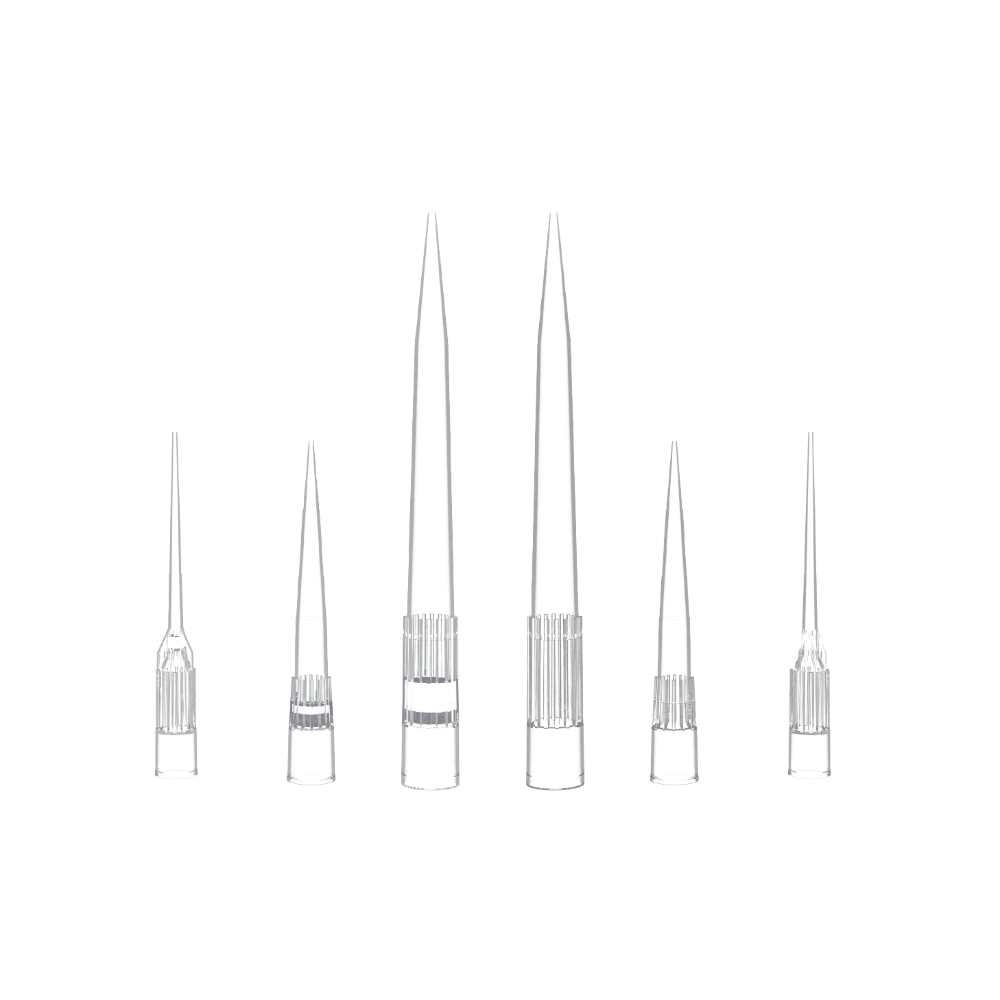

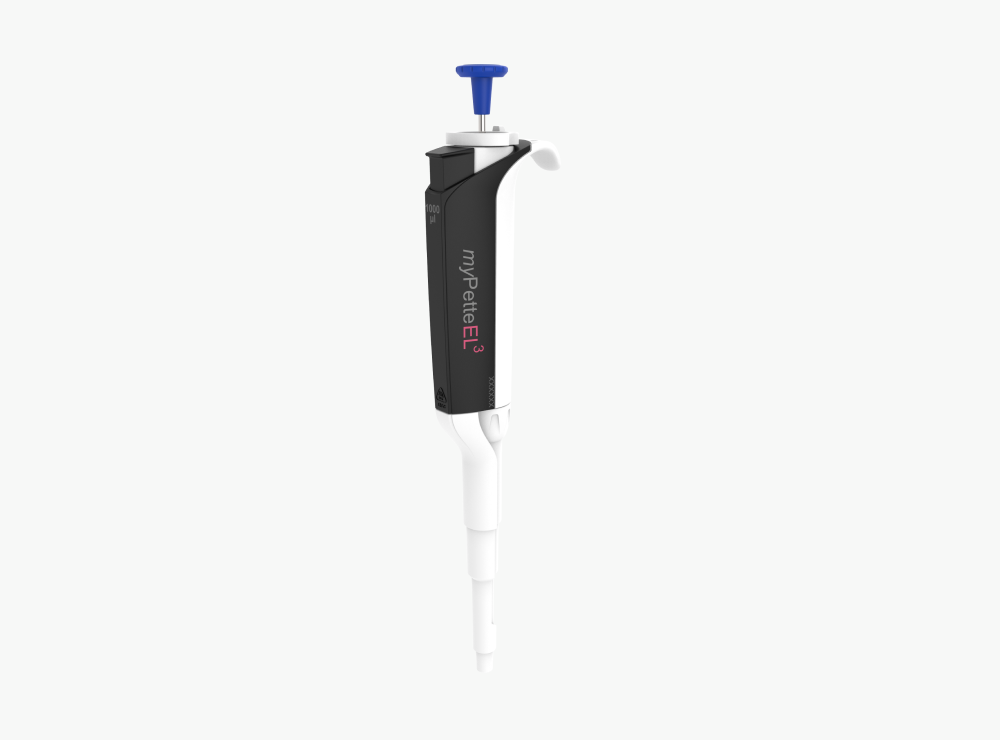


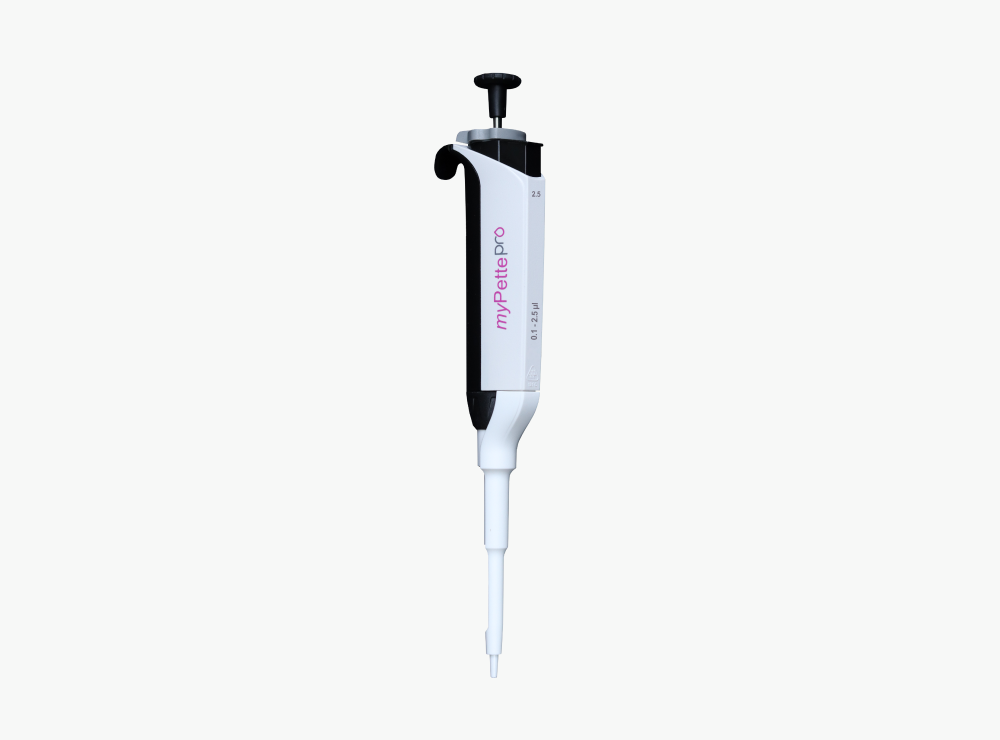
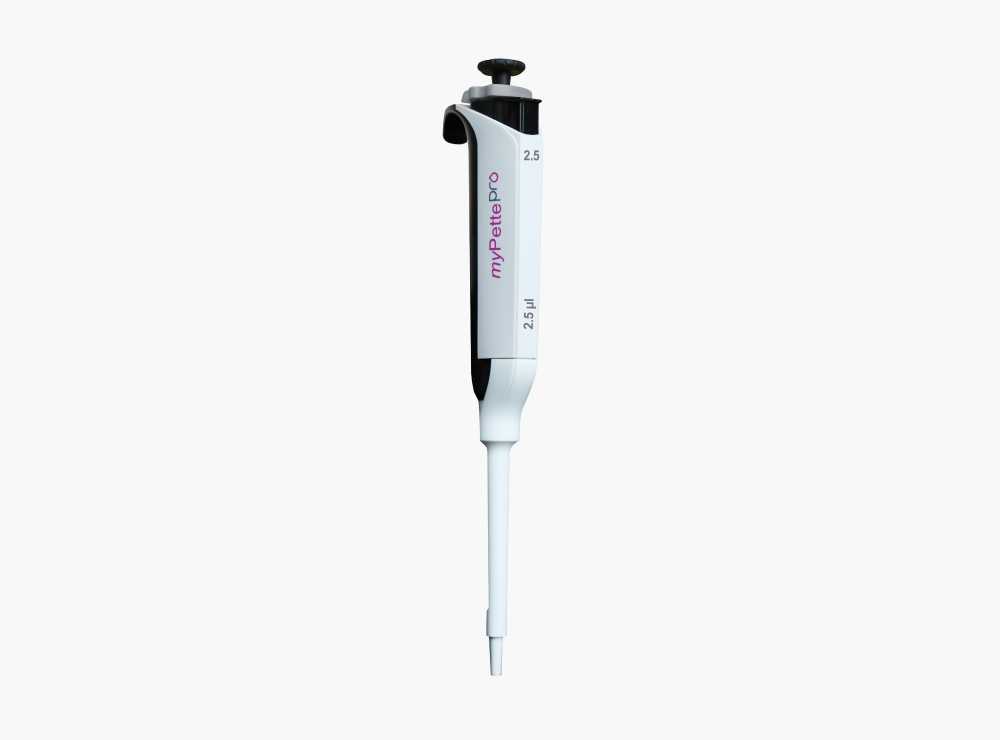

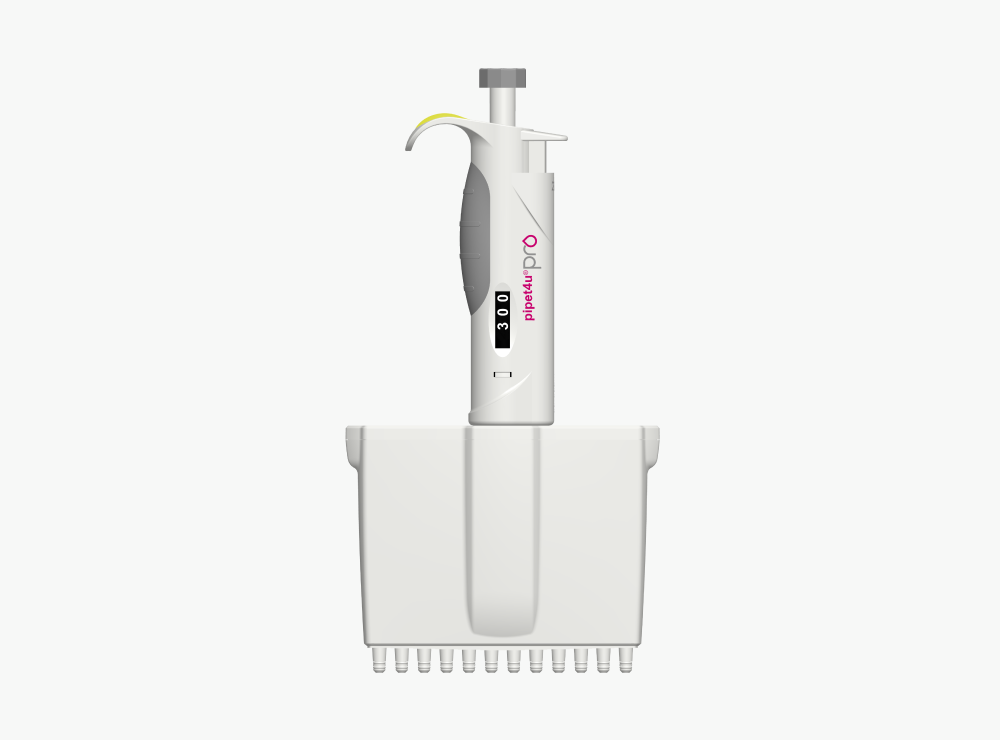

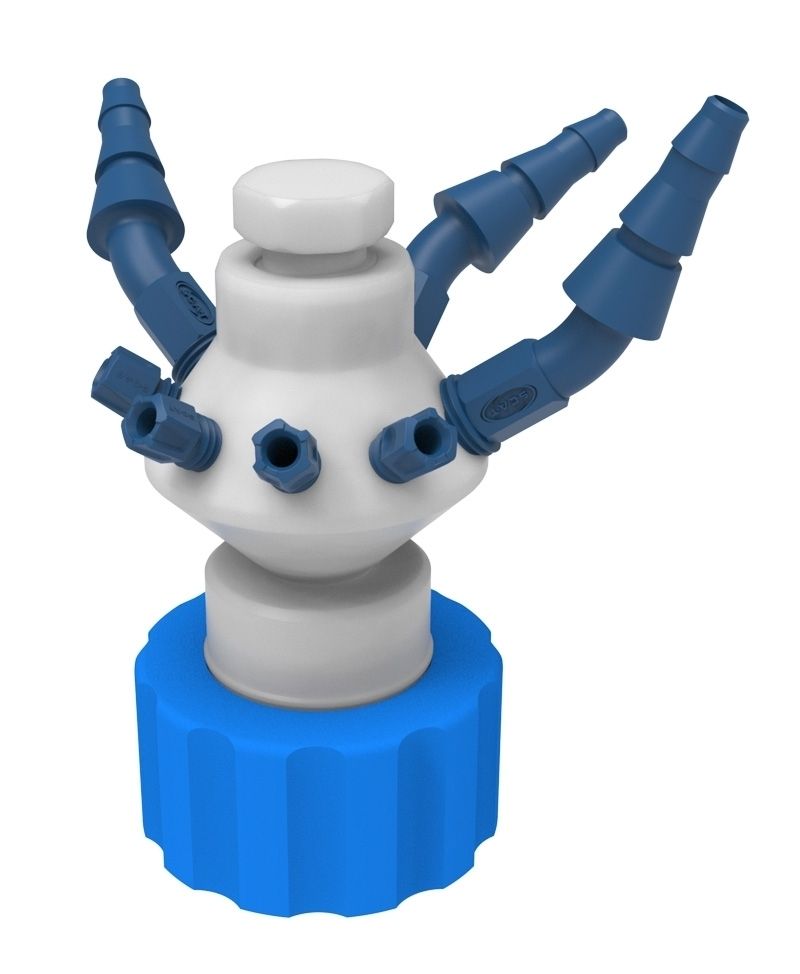


%20Standard.webp)


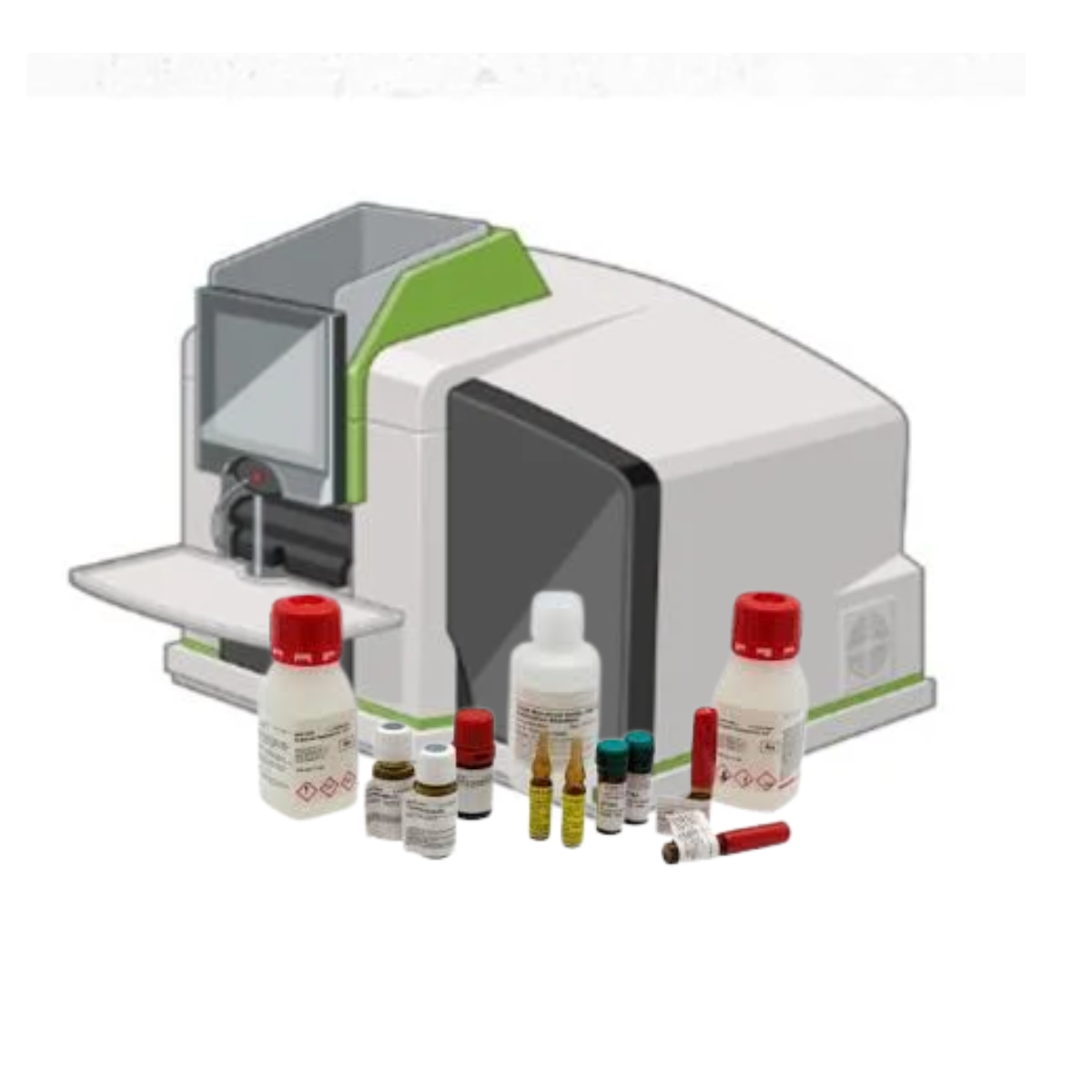


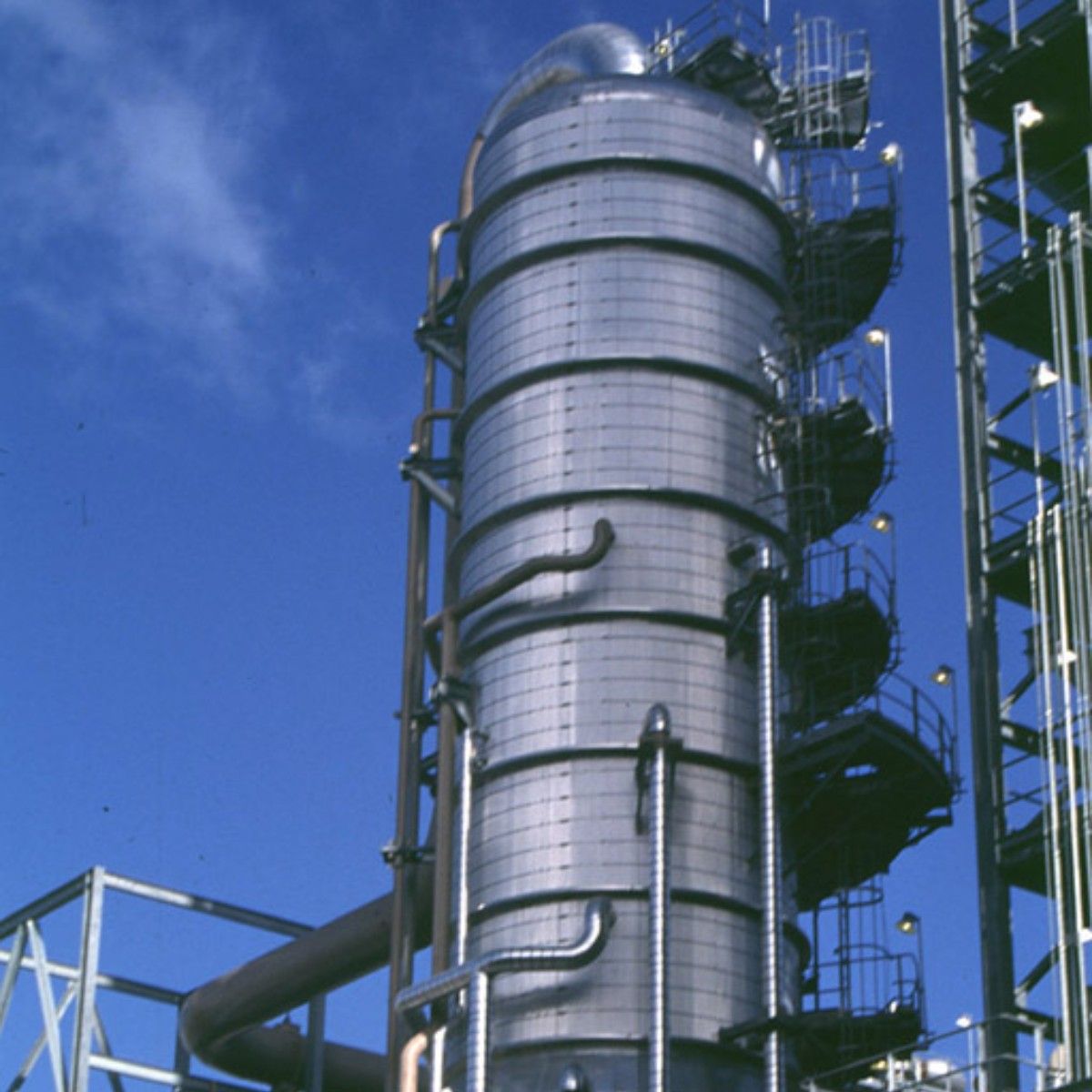
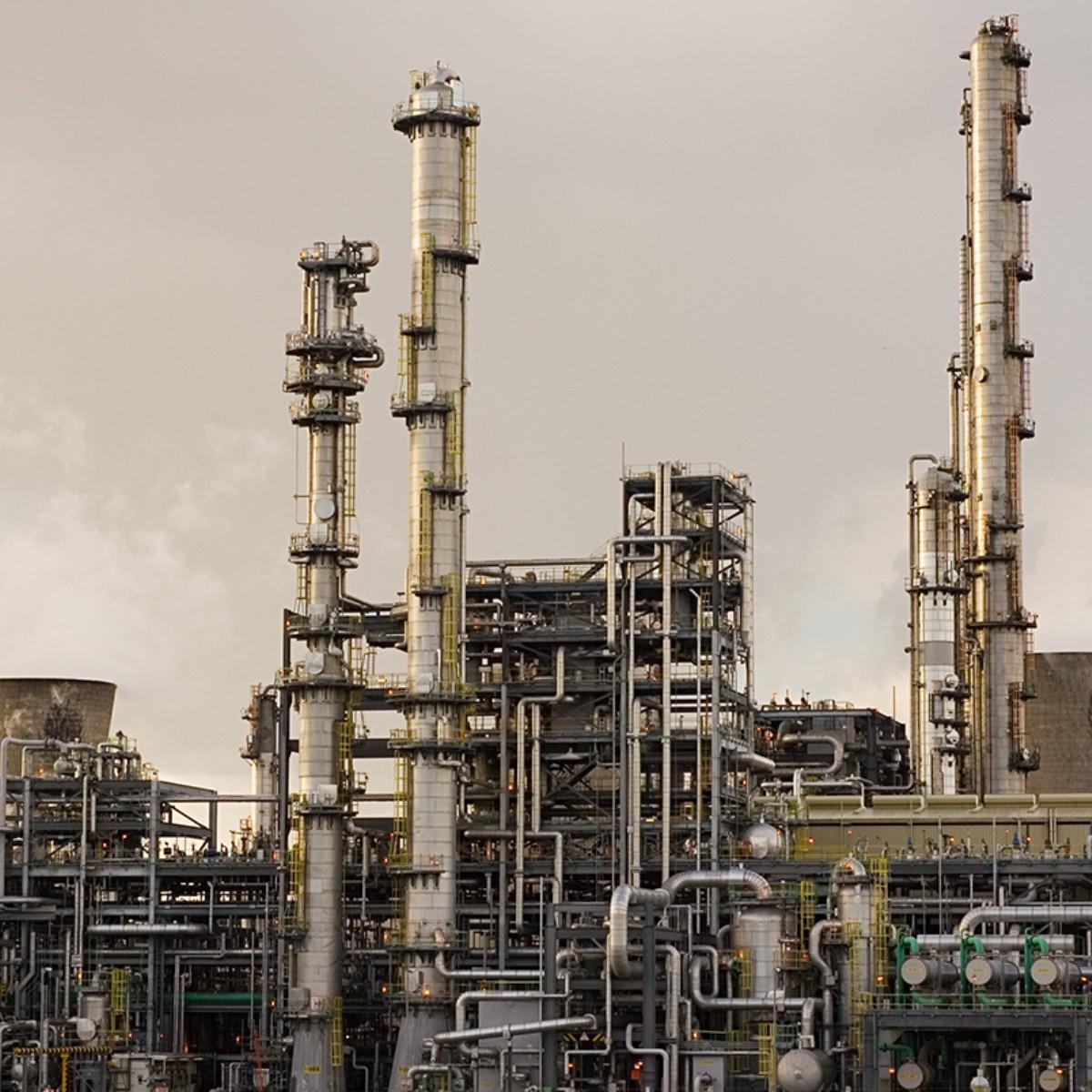




%20%26%20Metabolites%20Standard.jpeg)
%20Standards.png)





